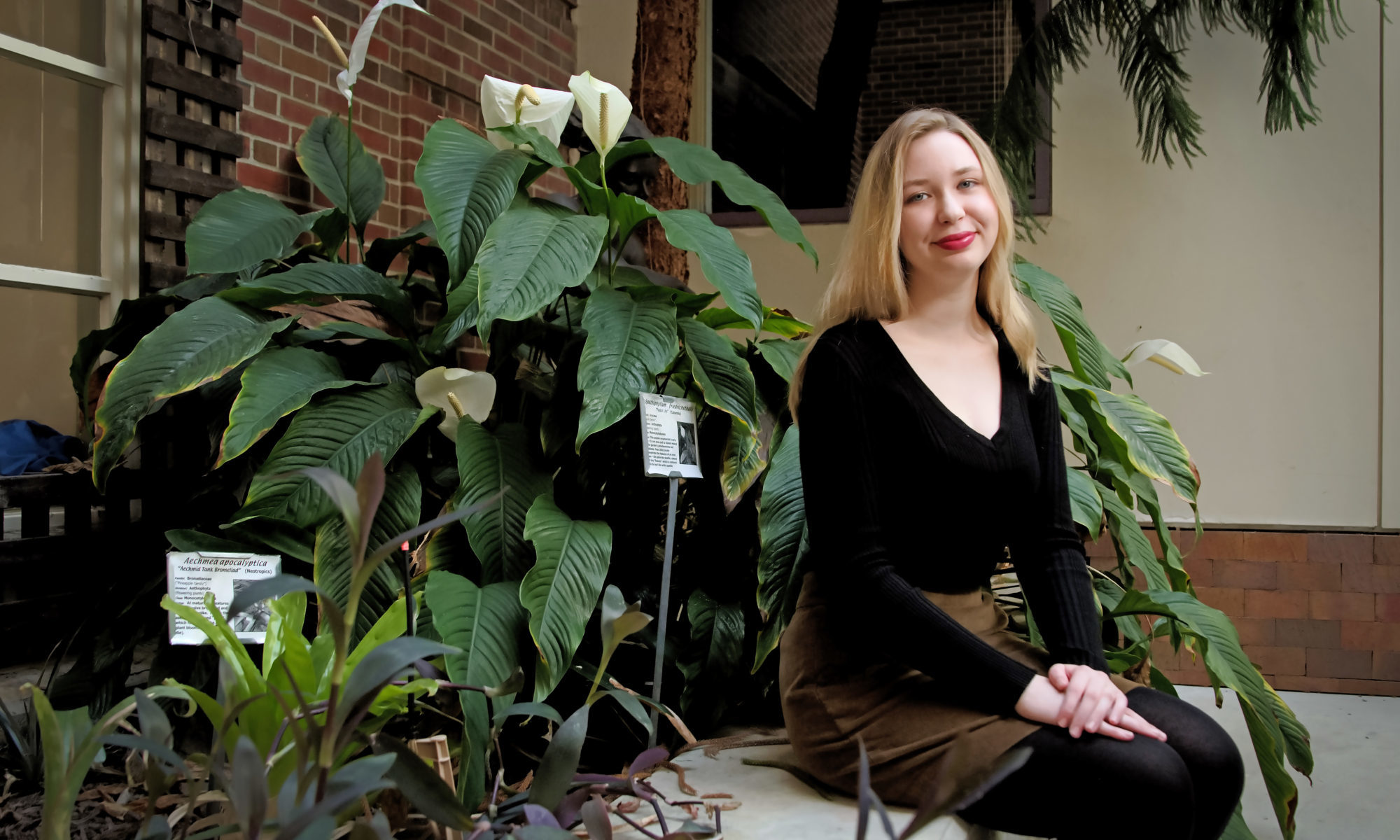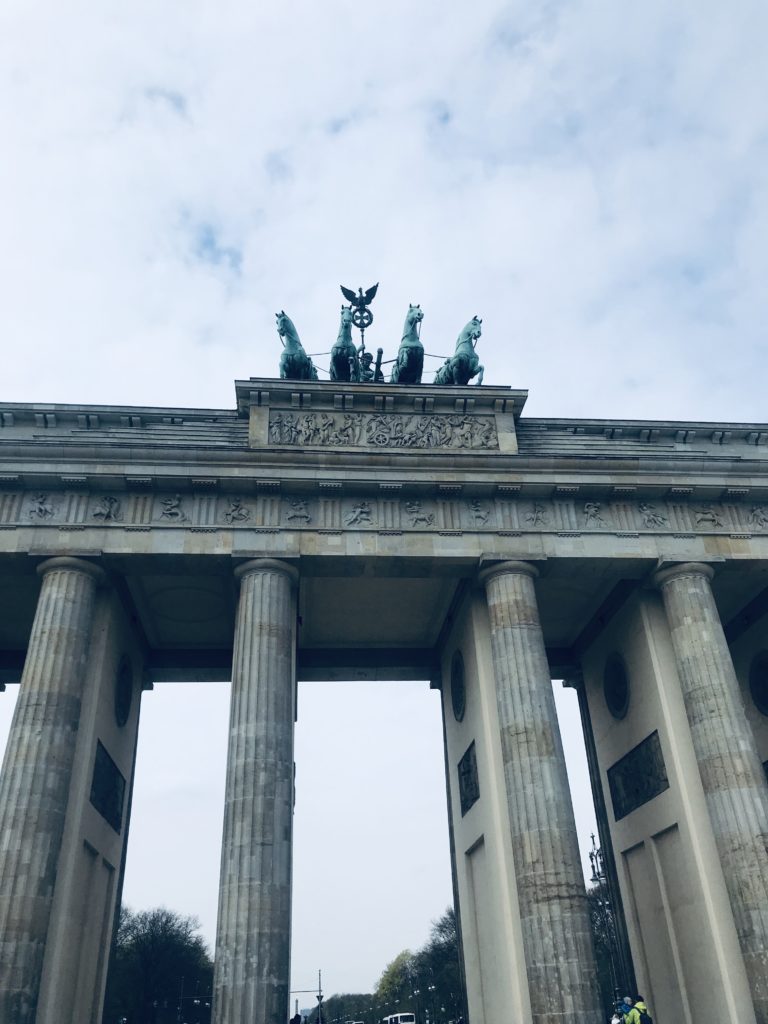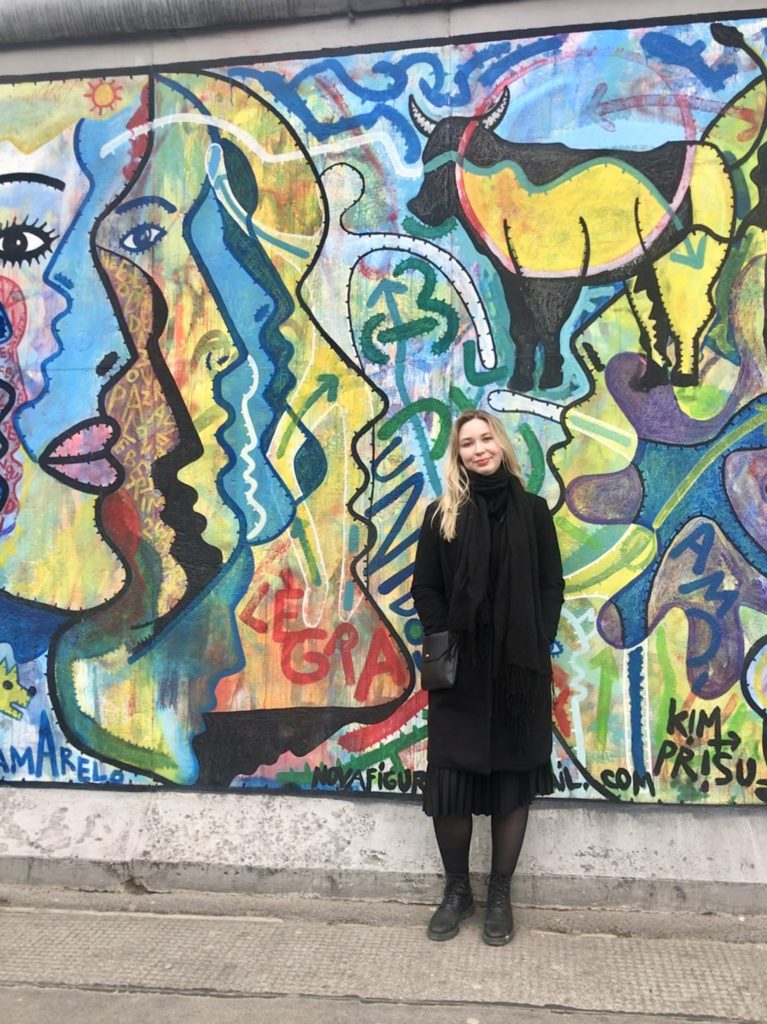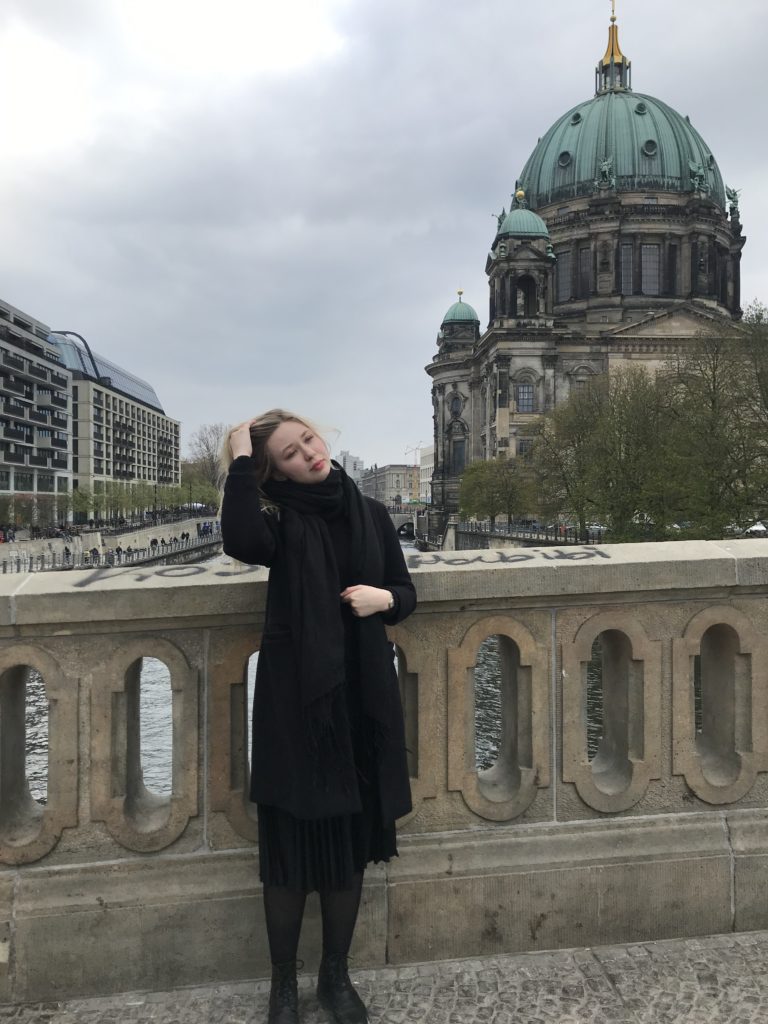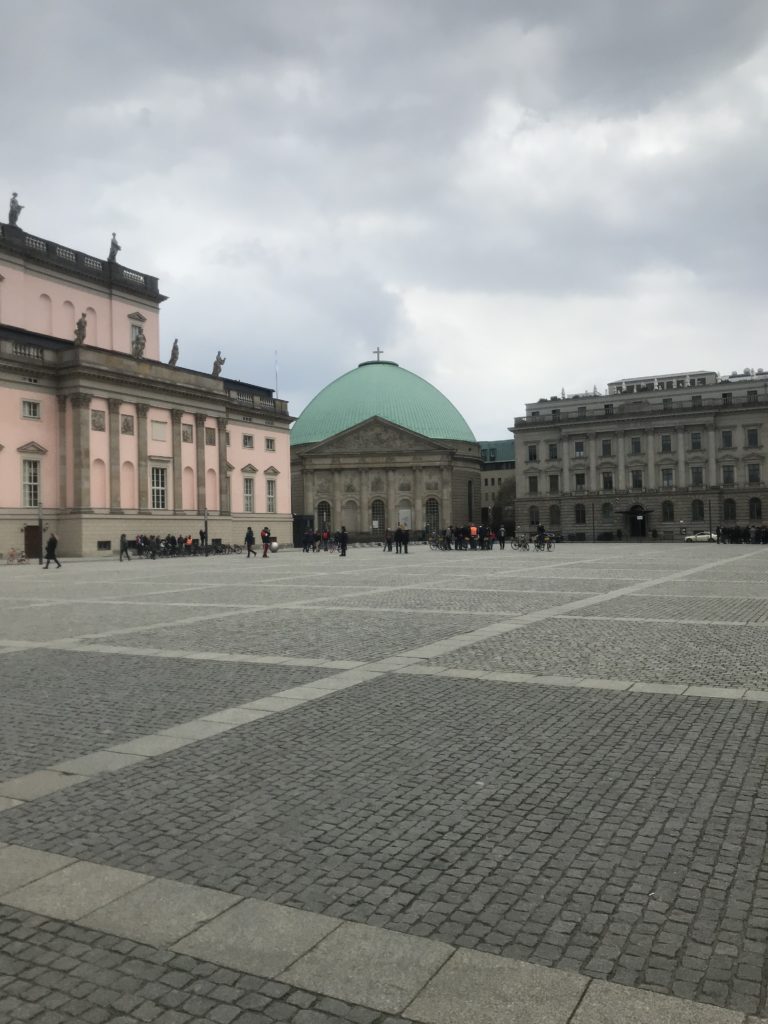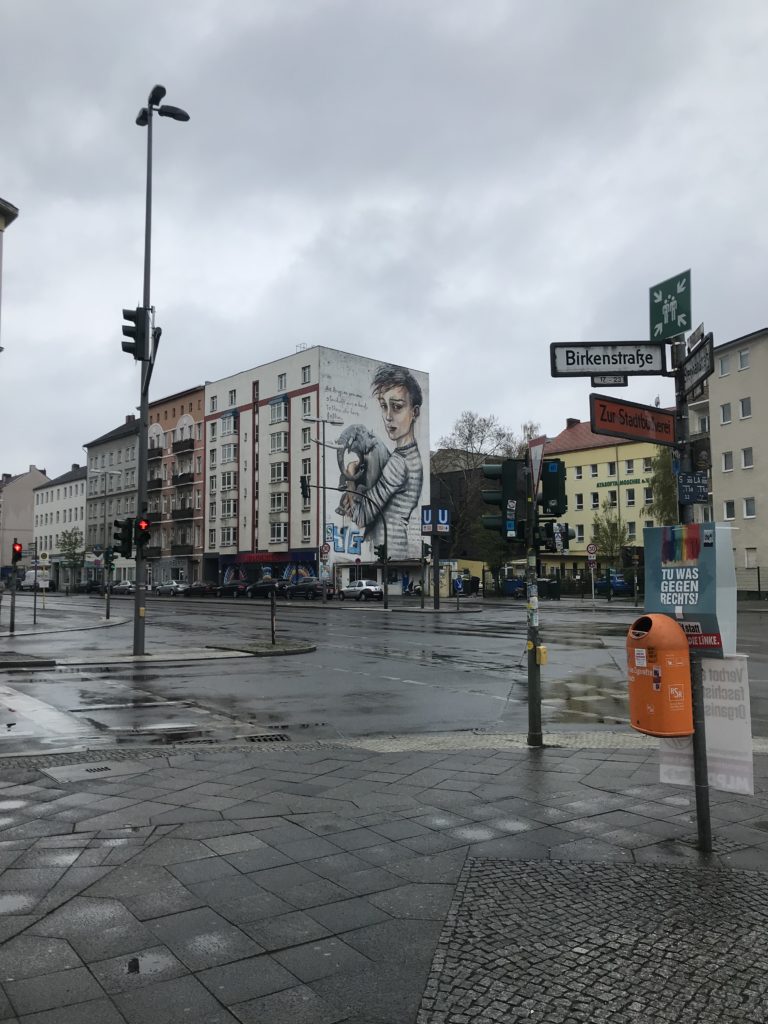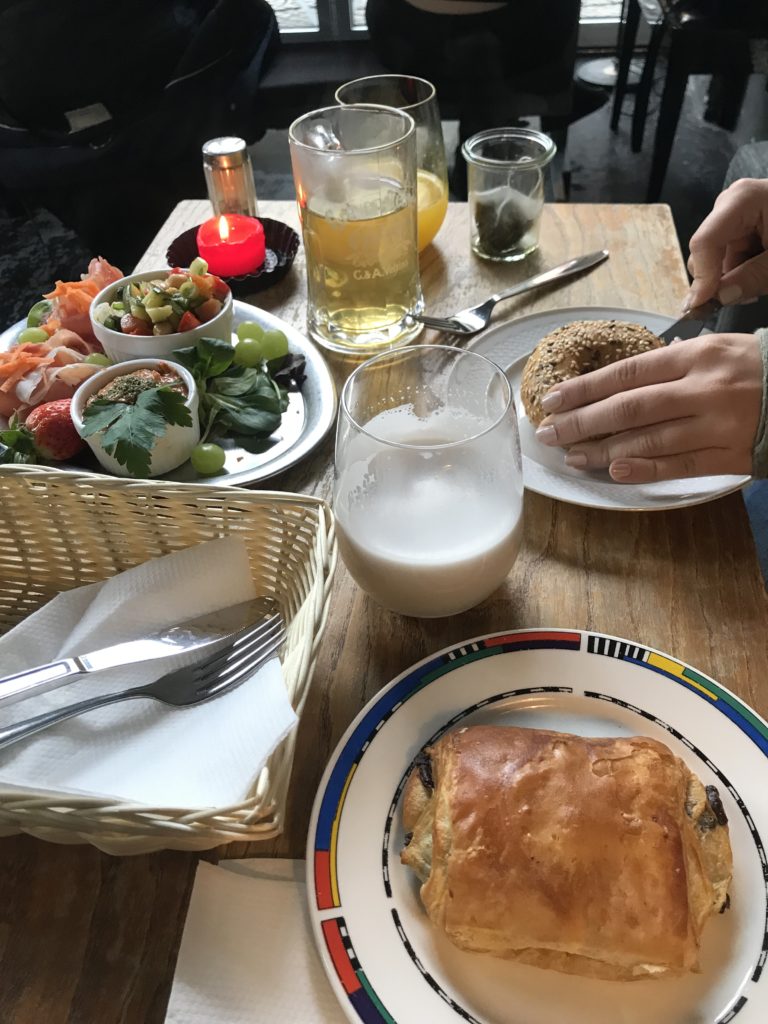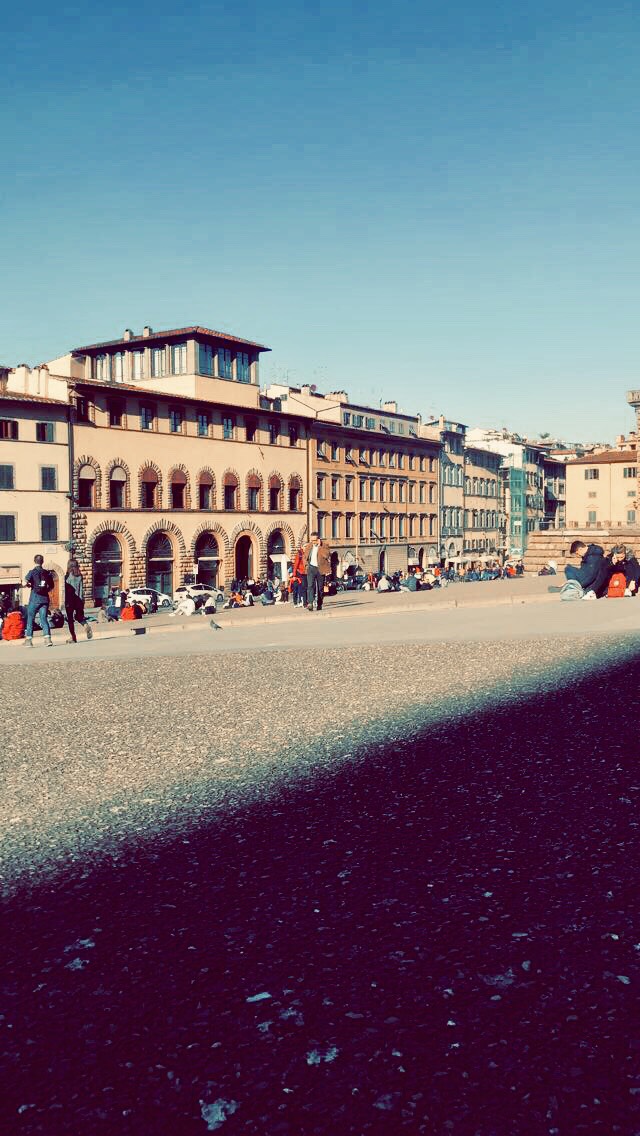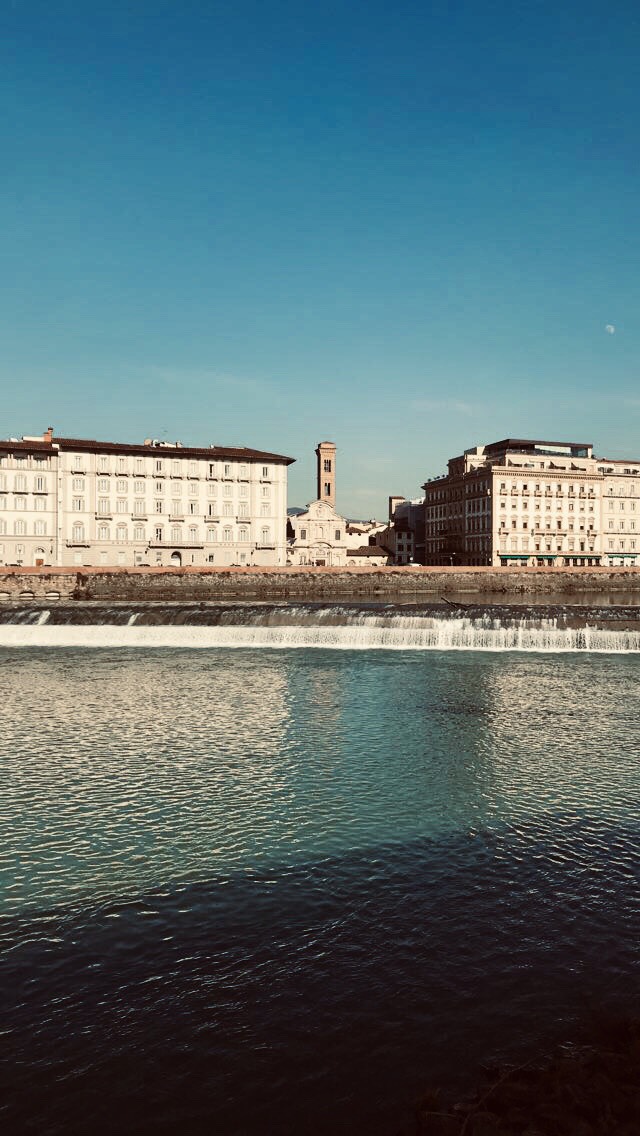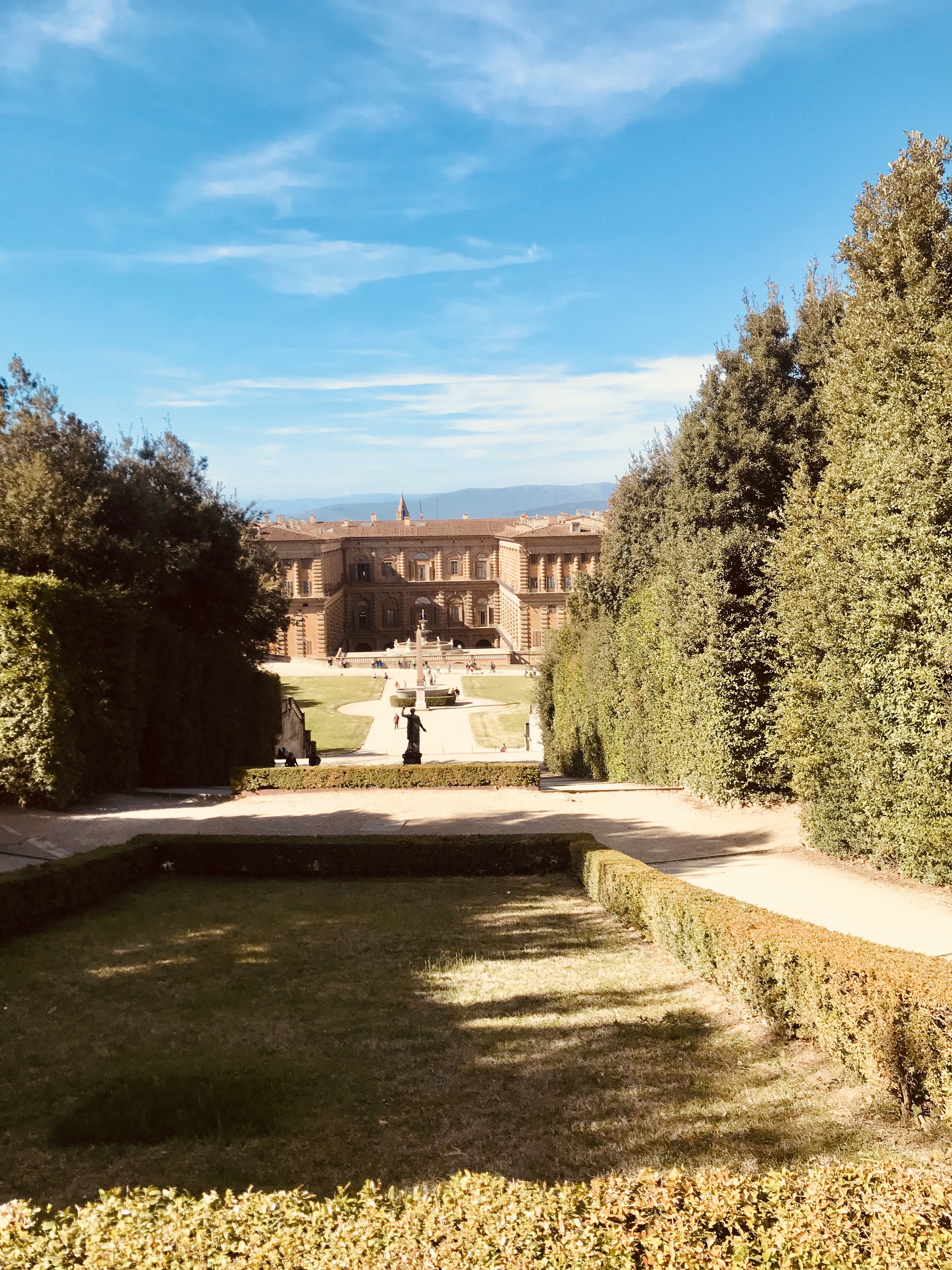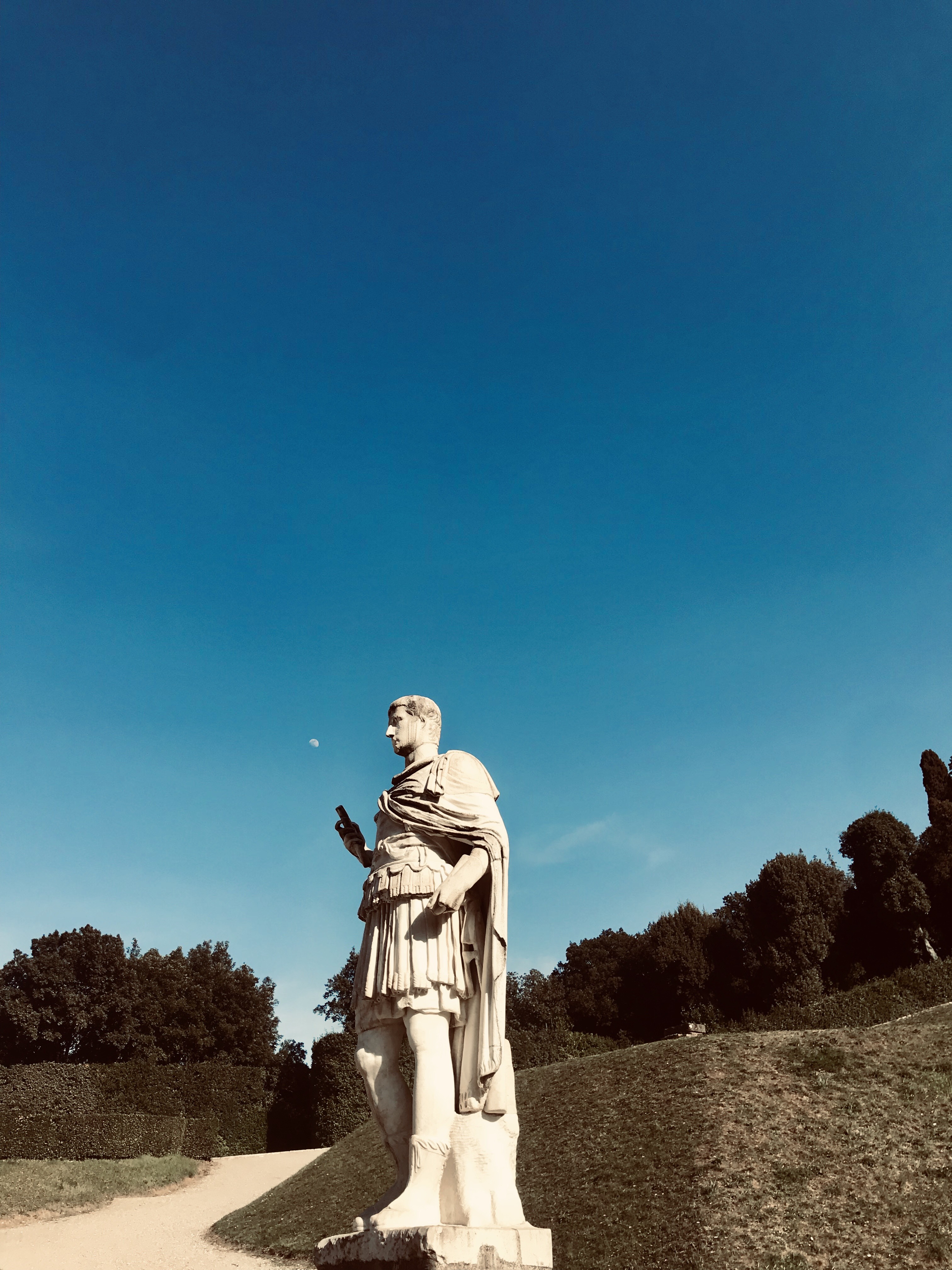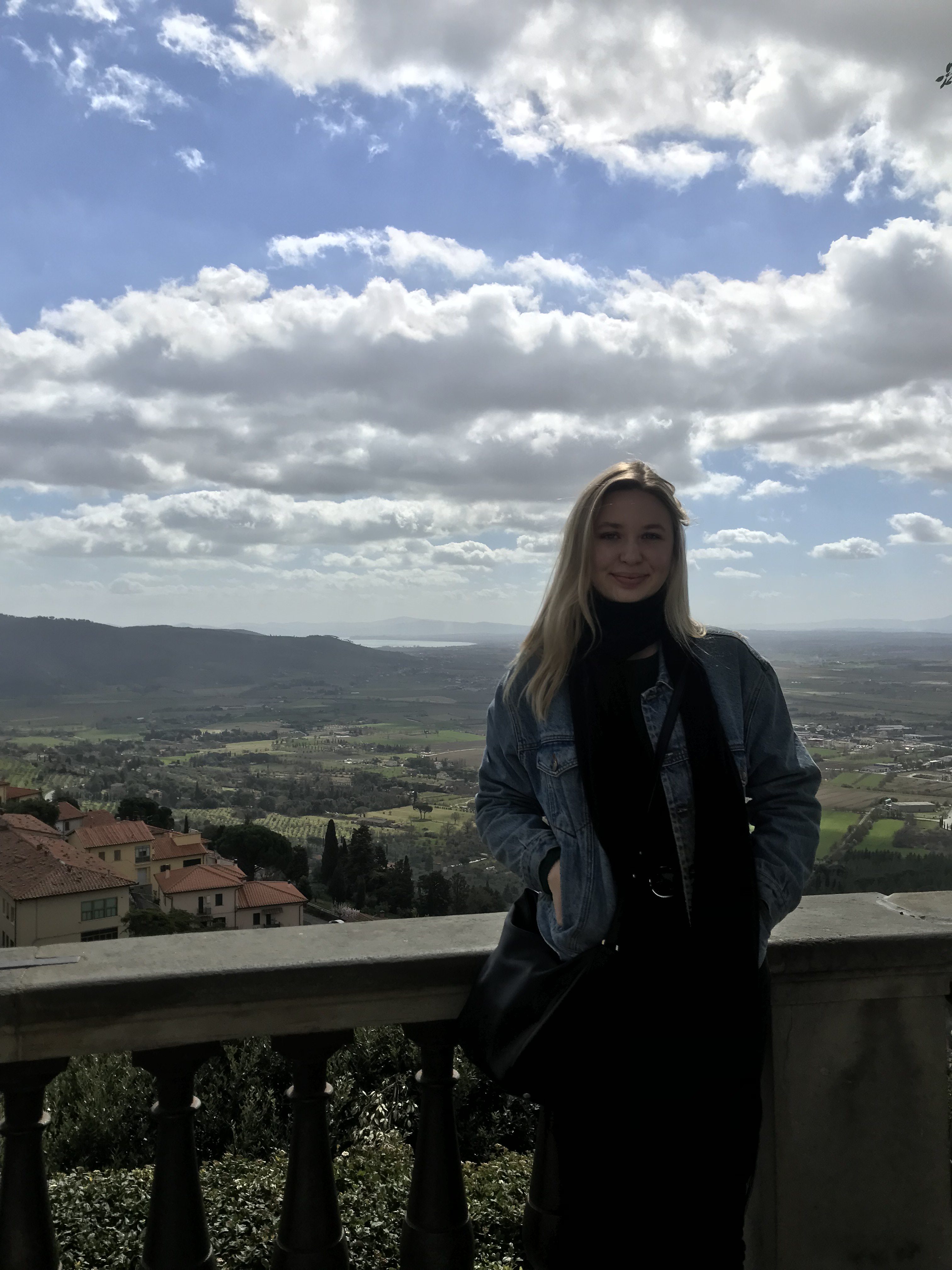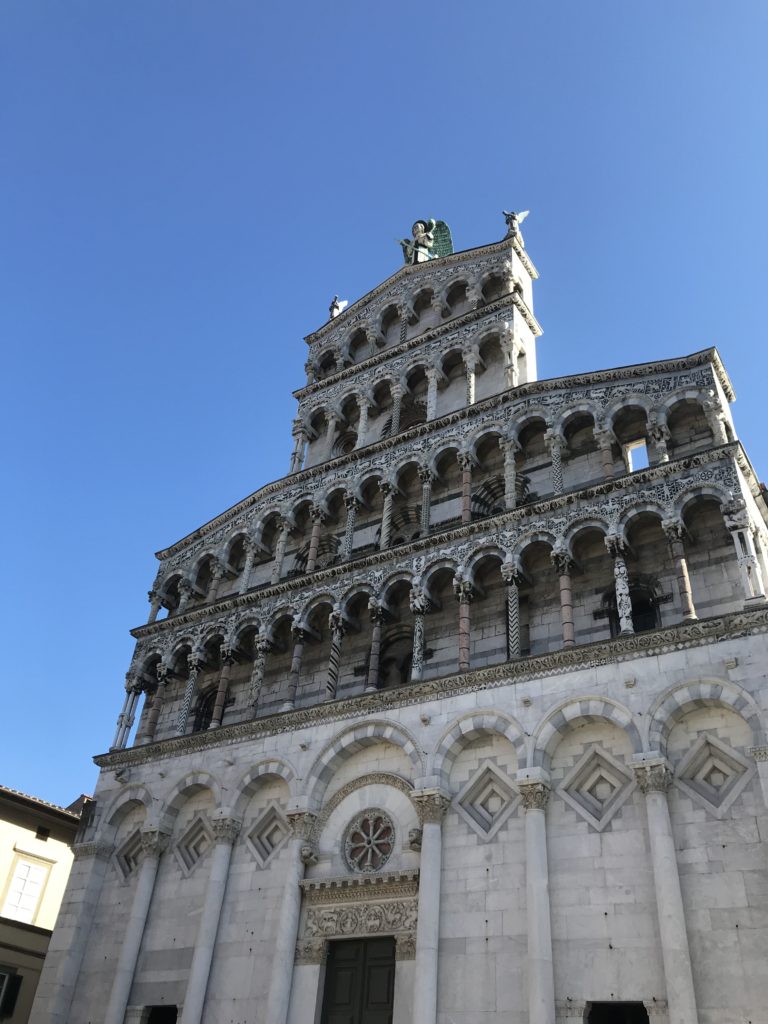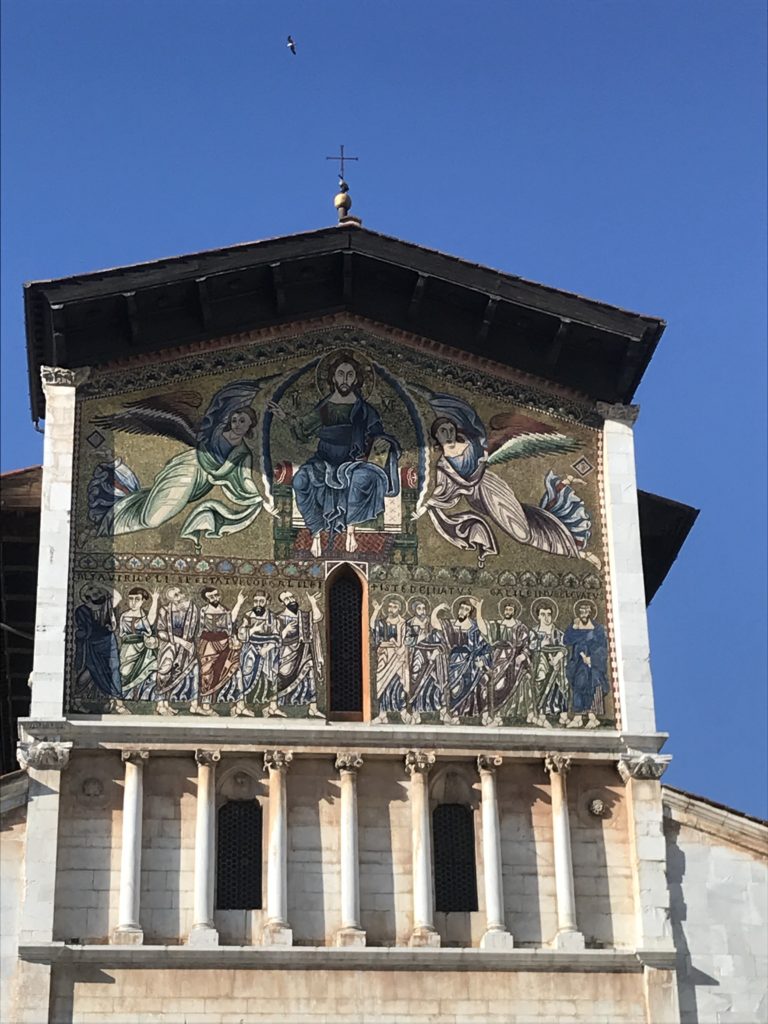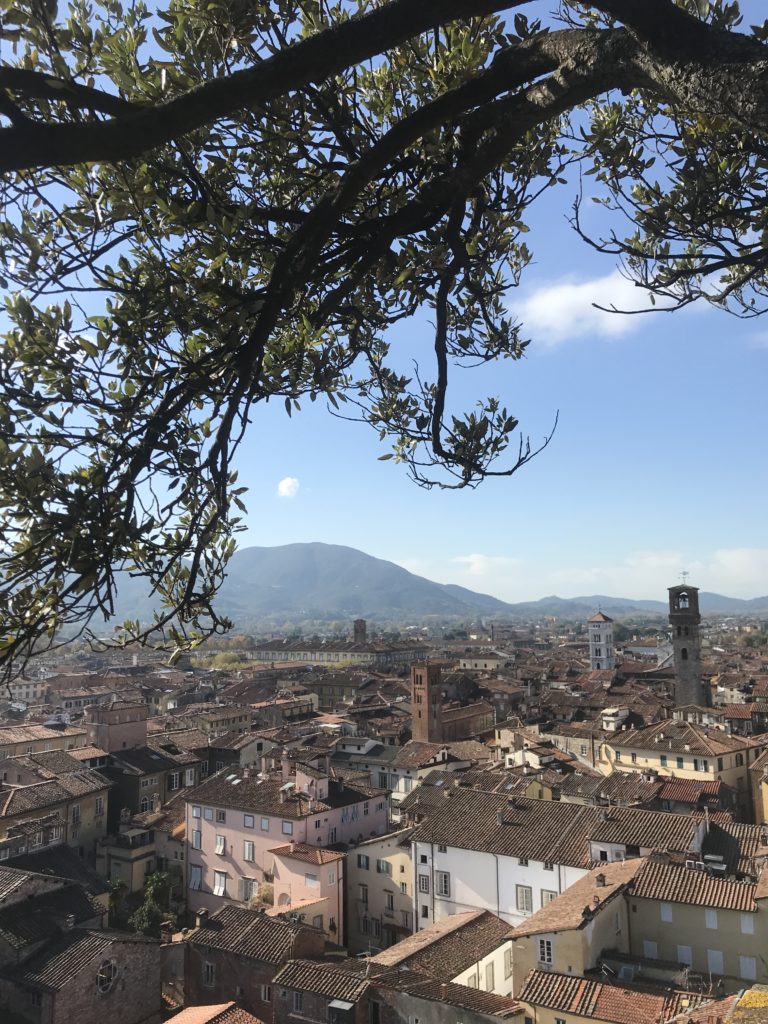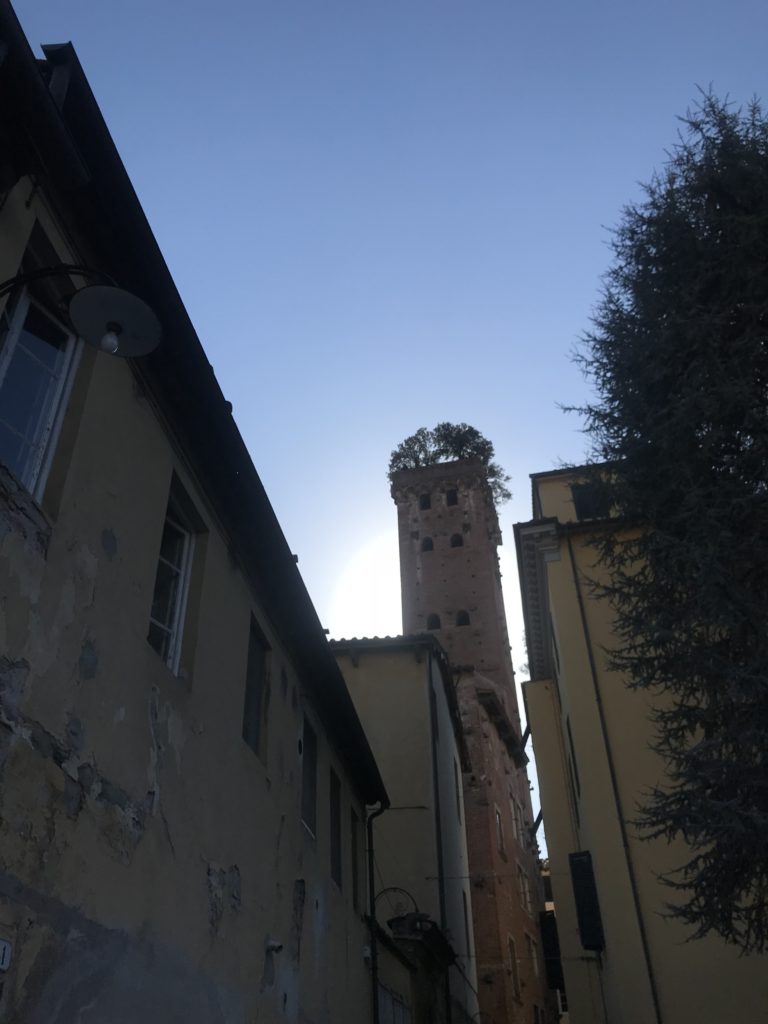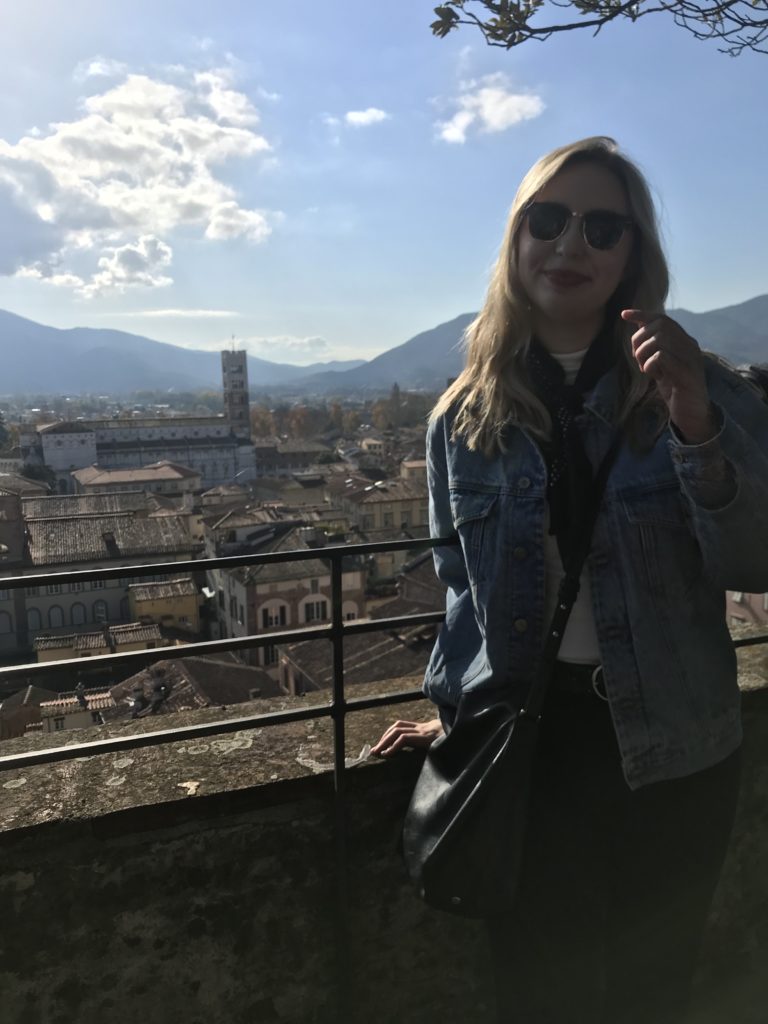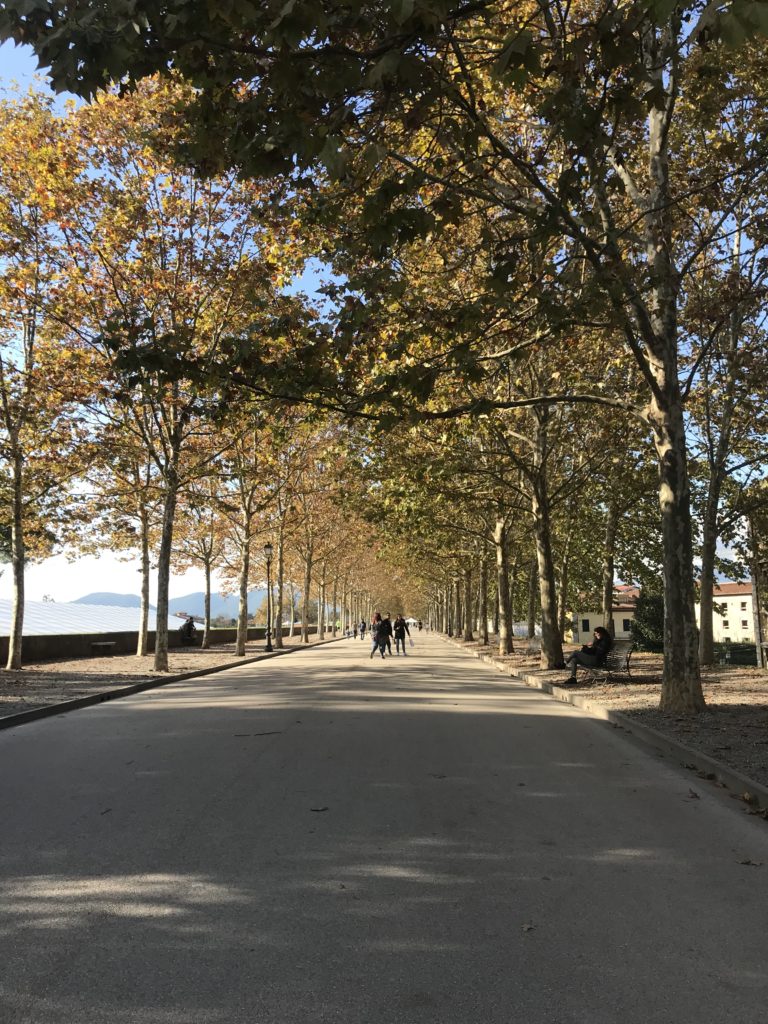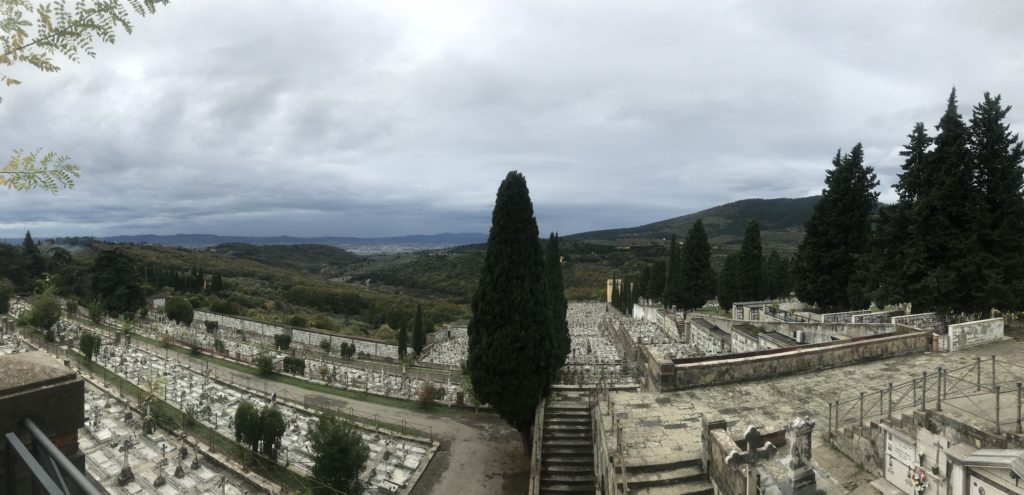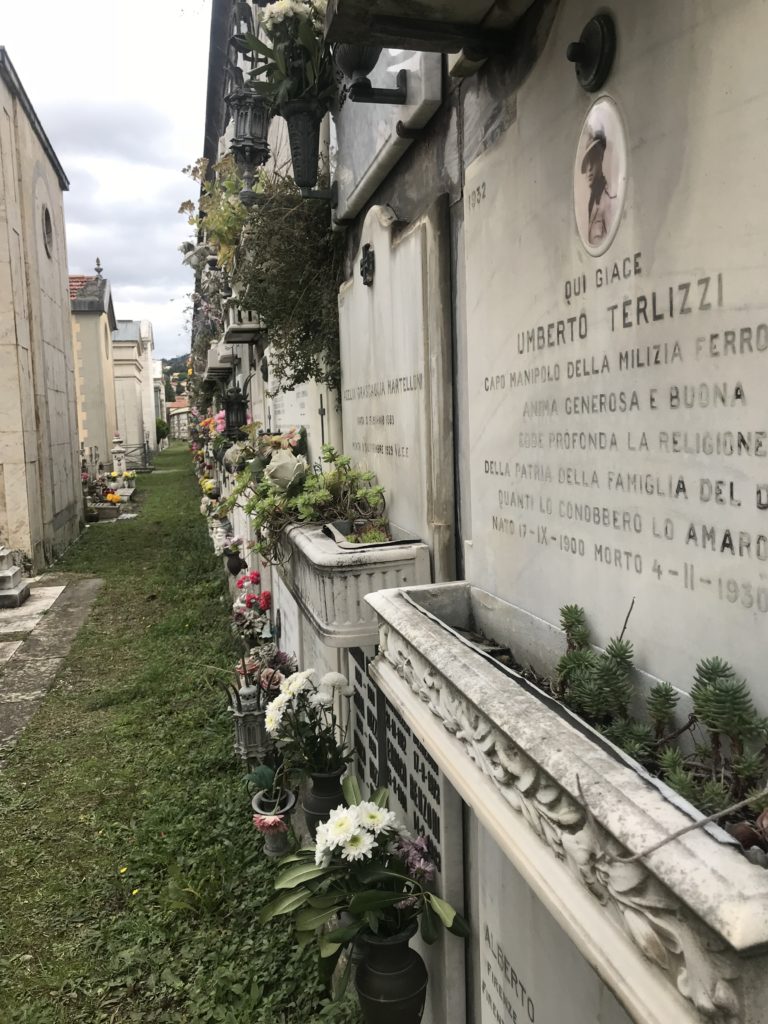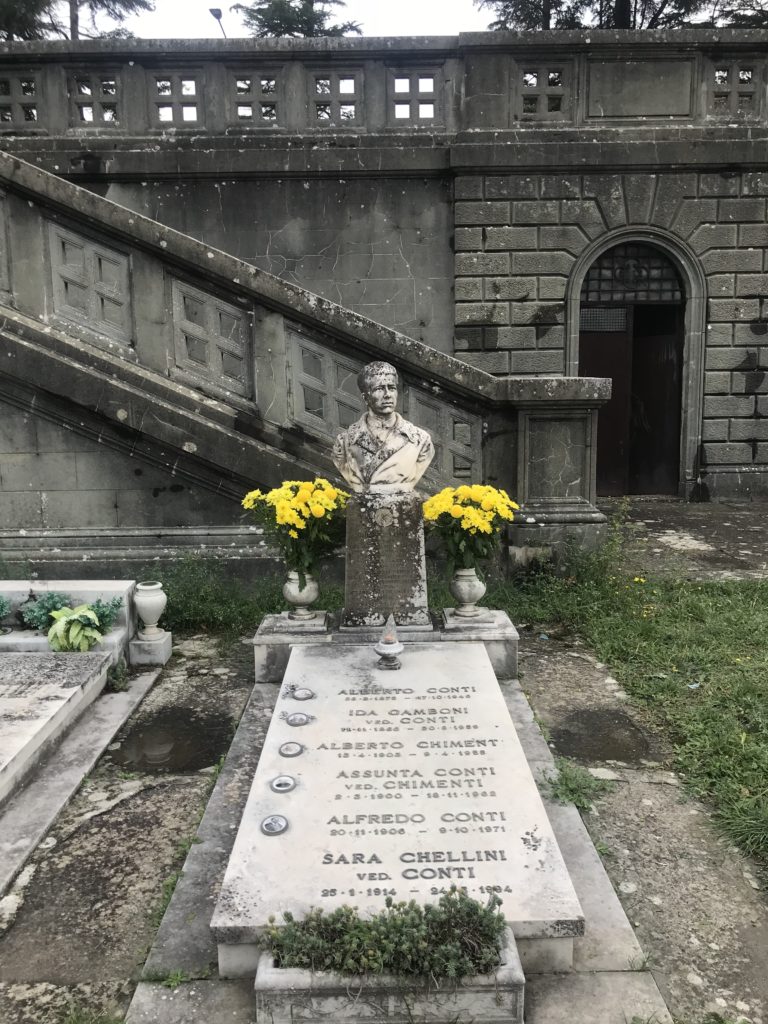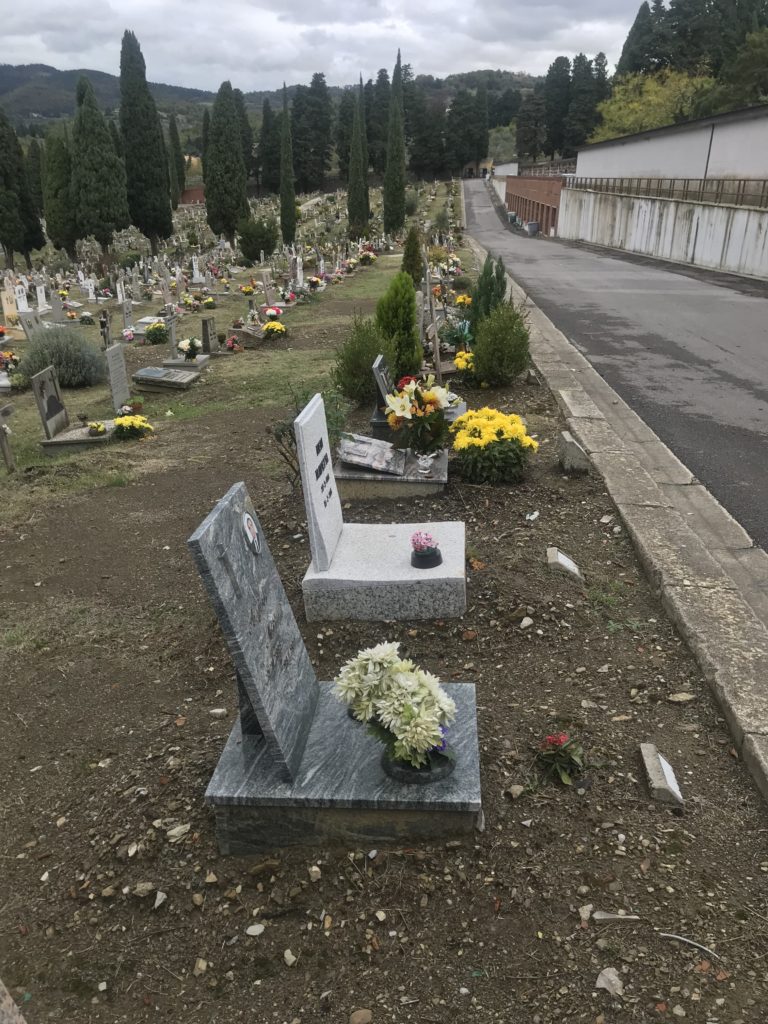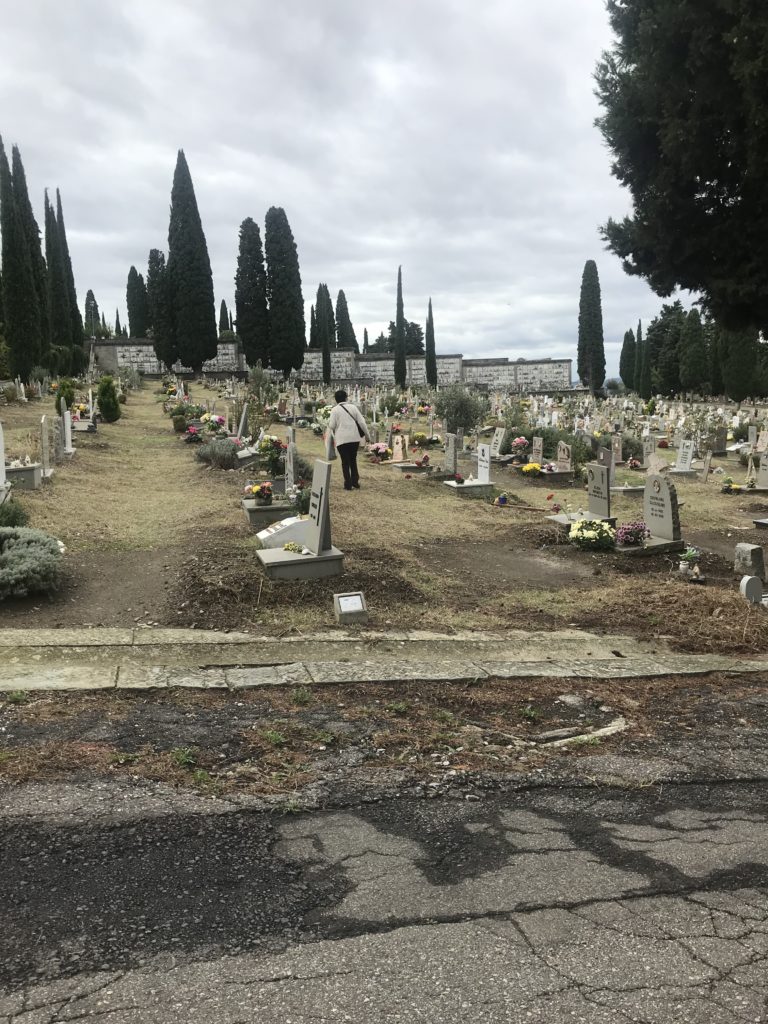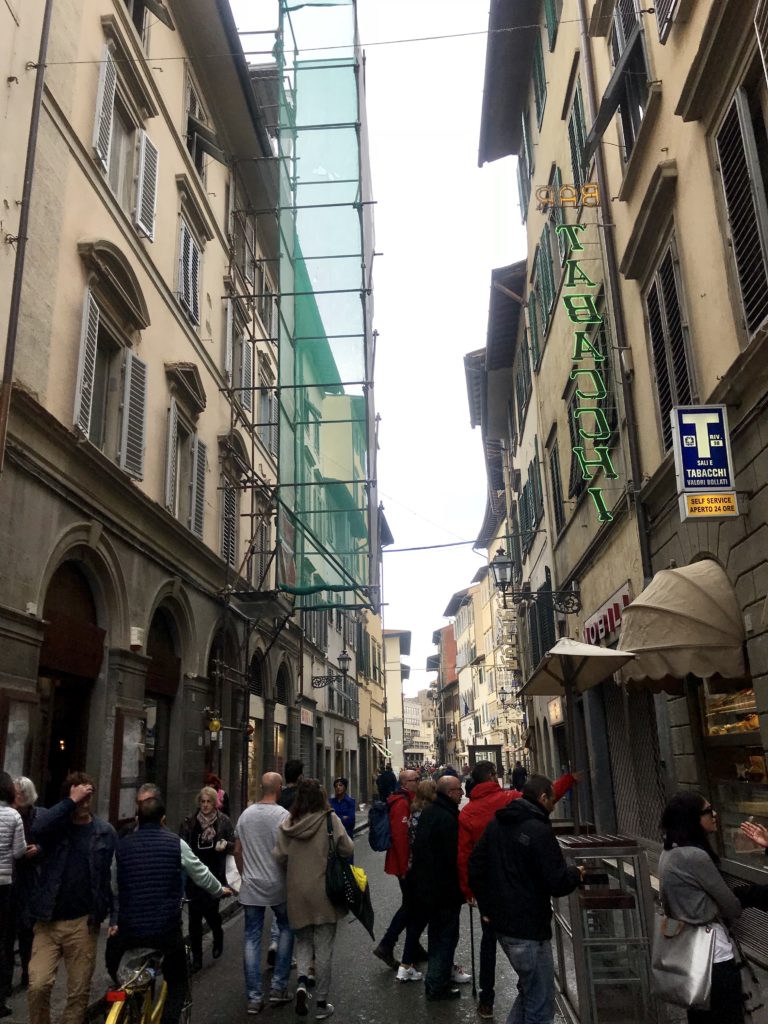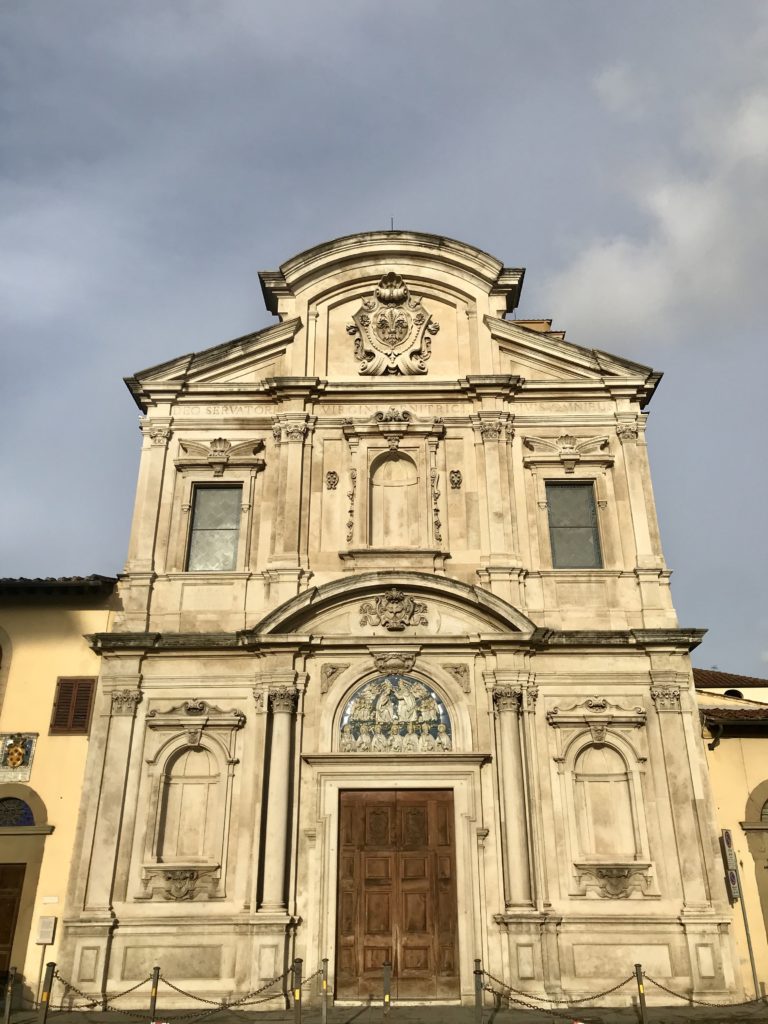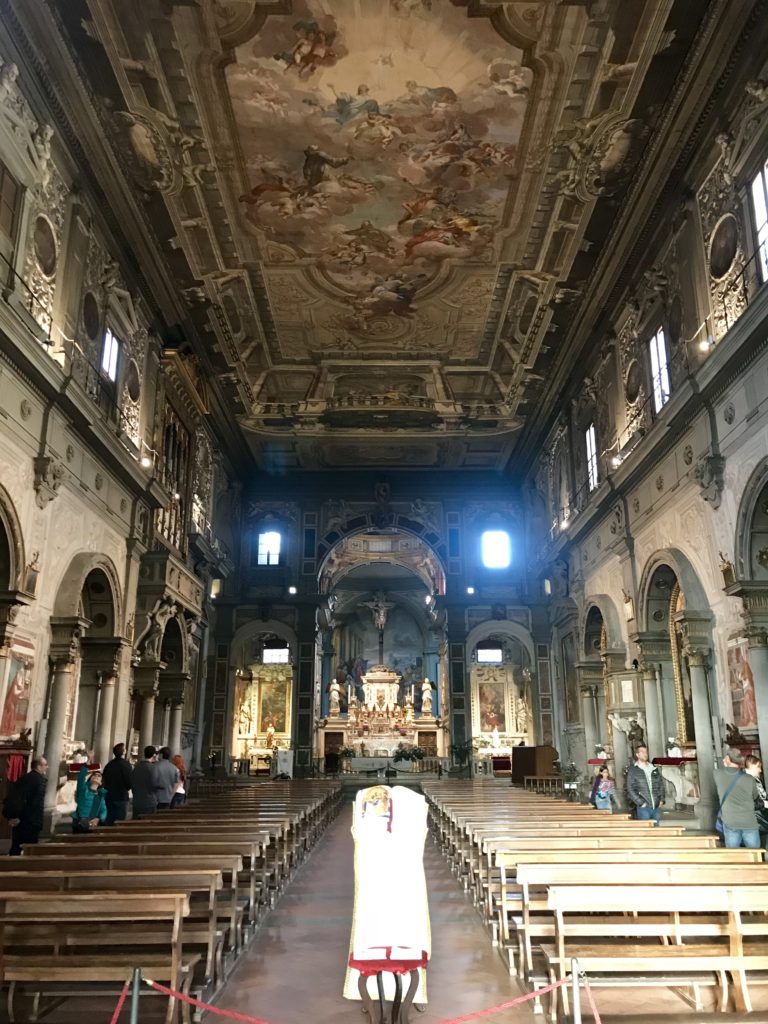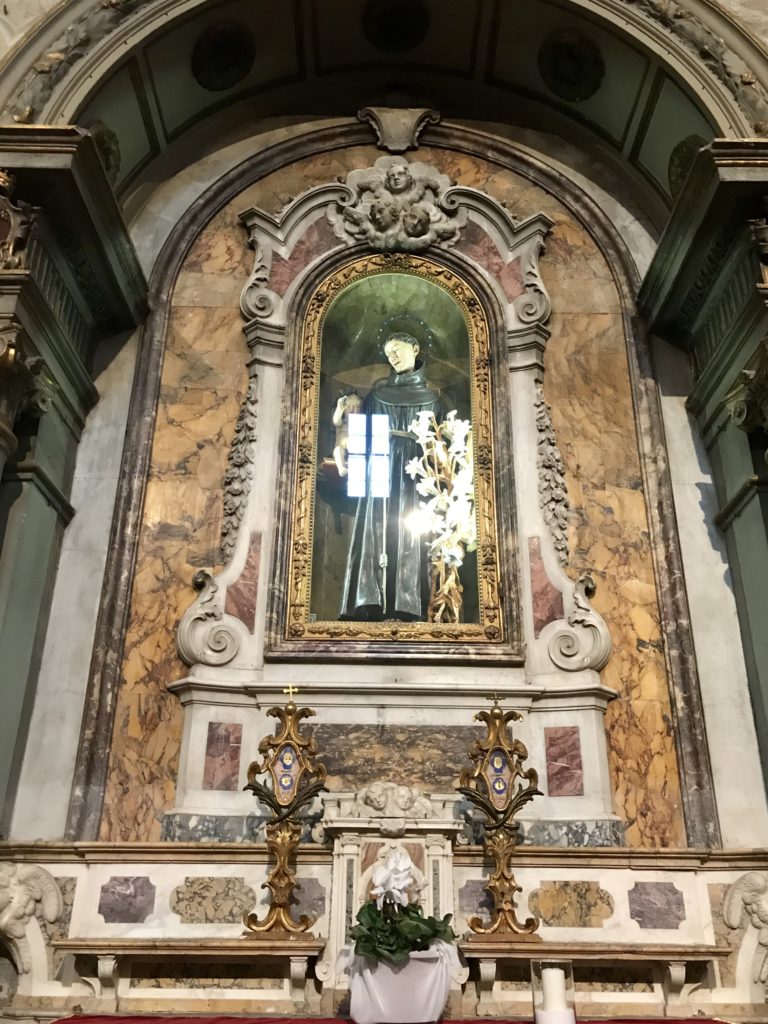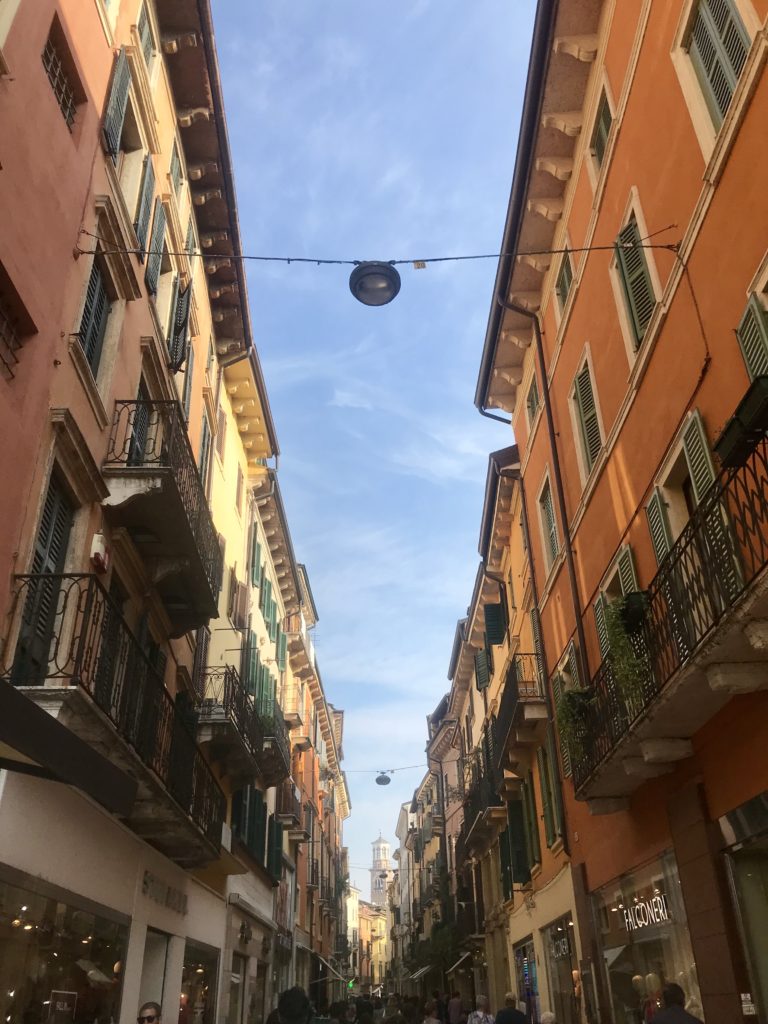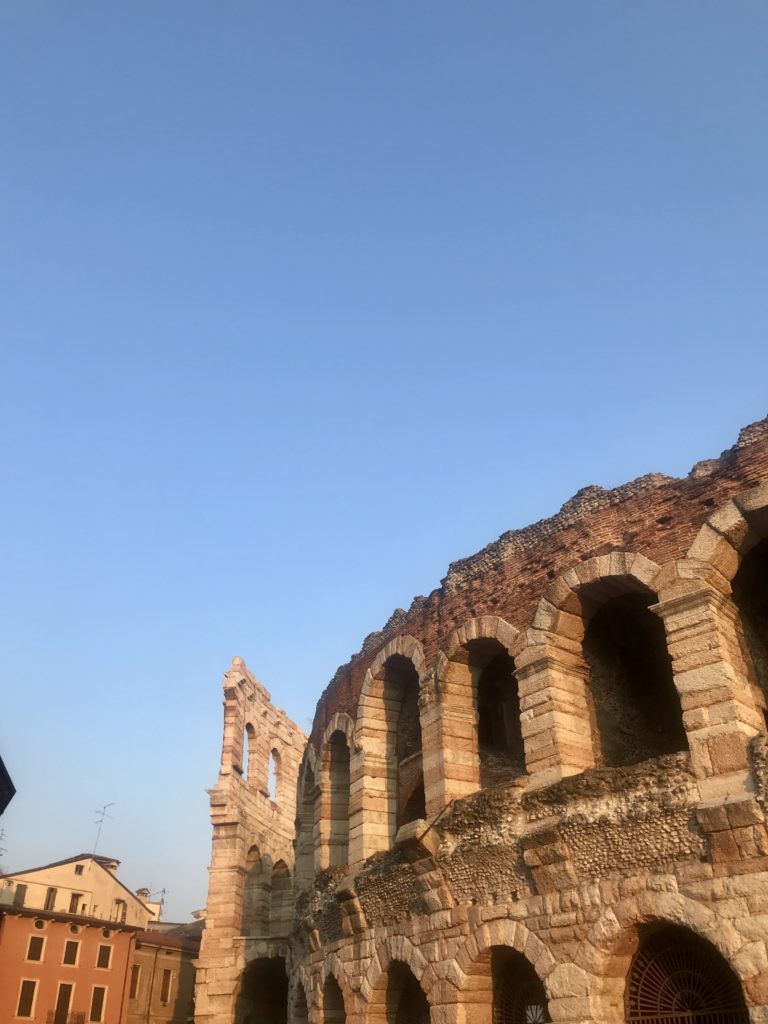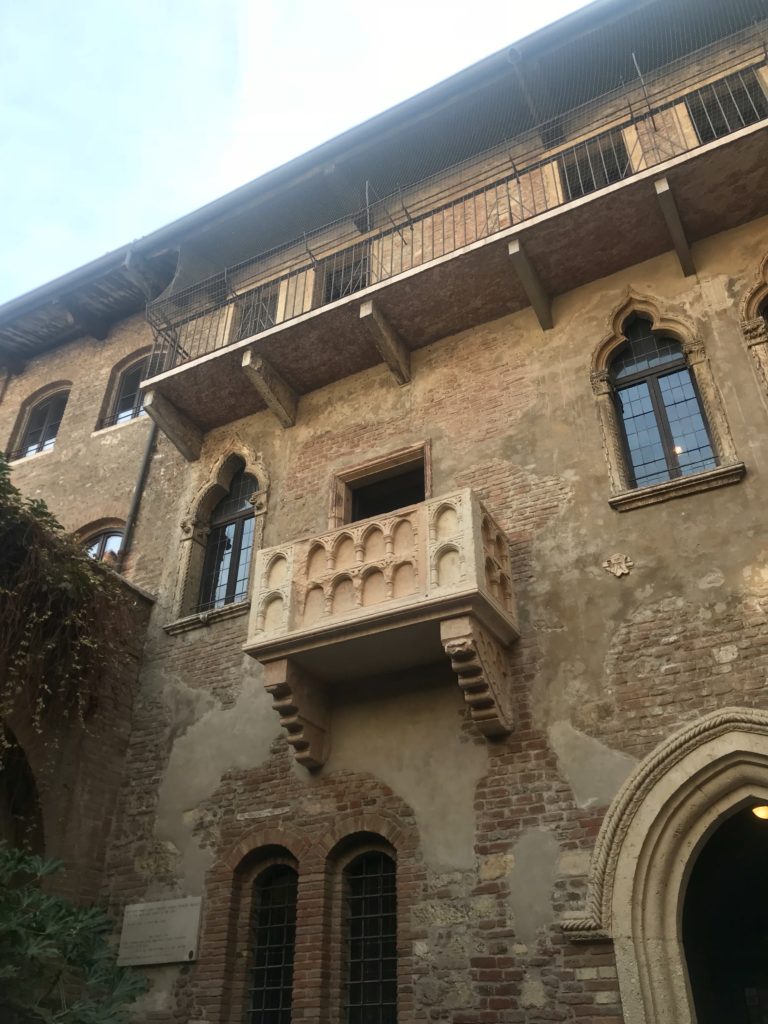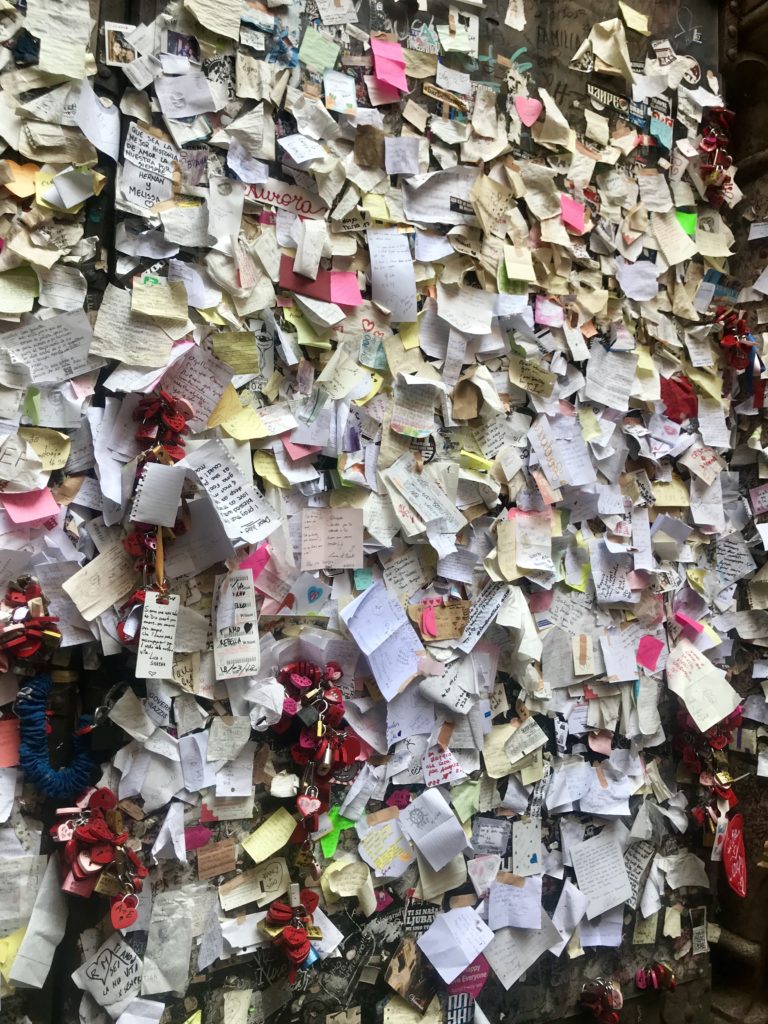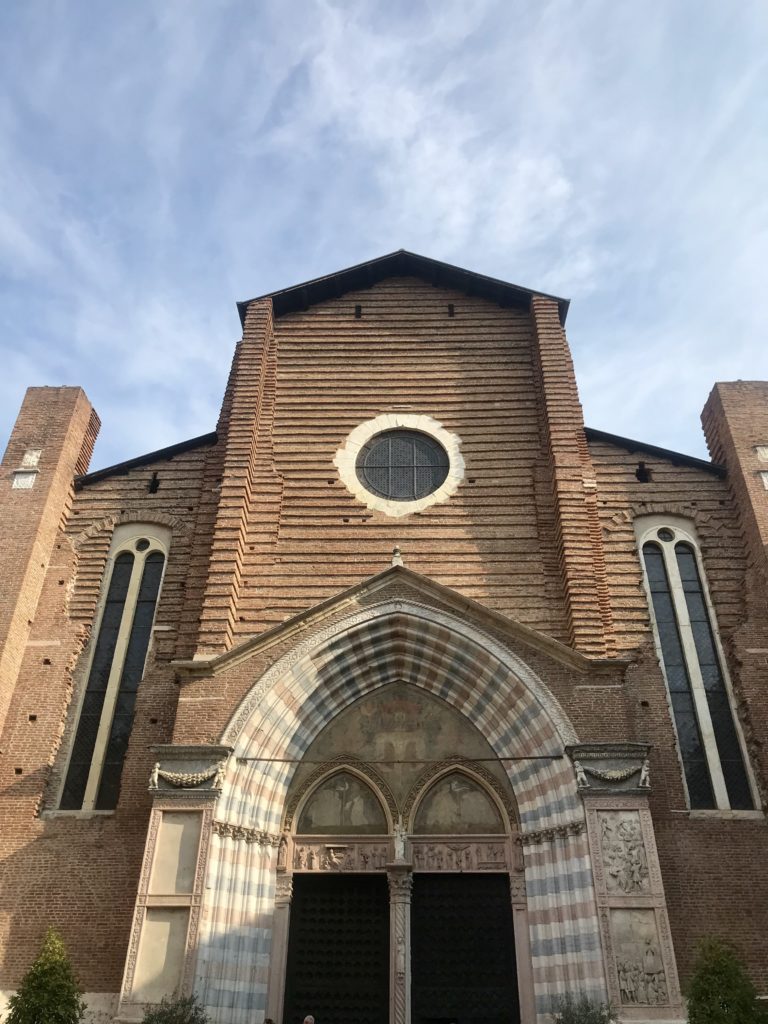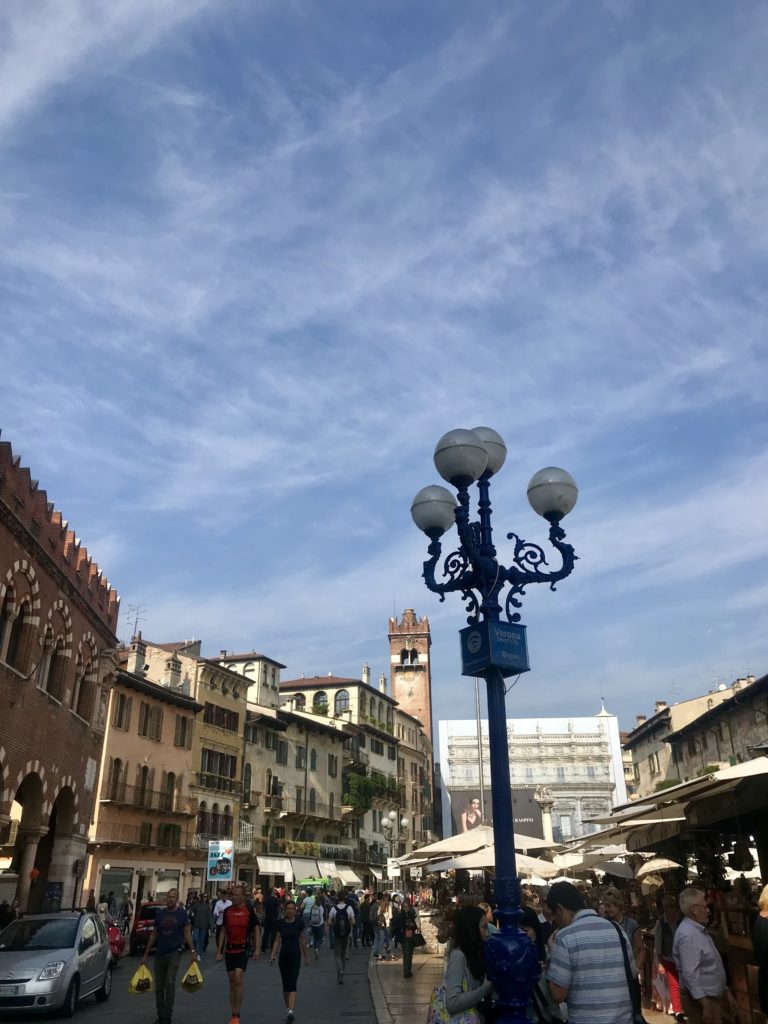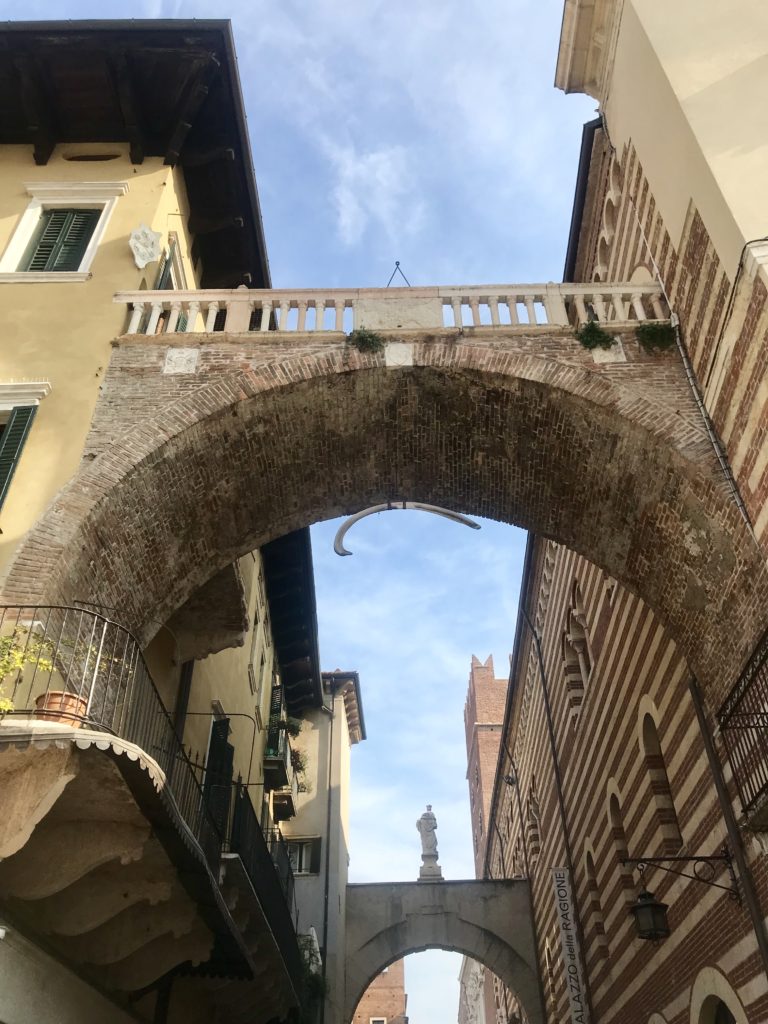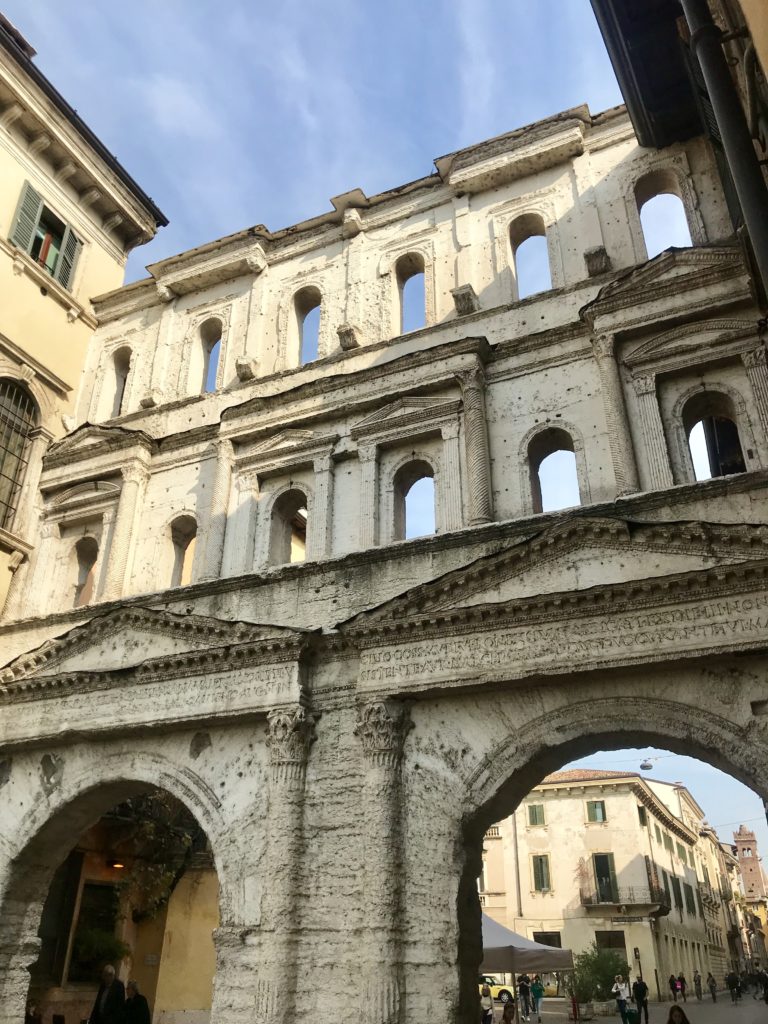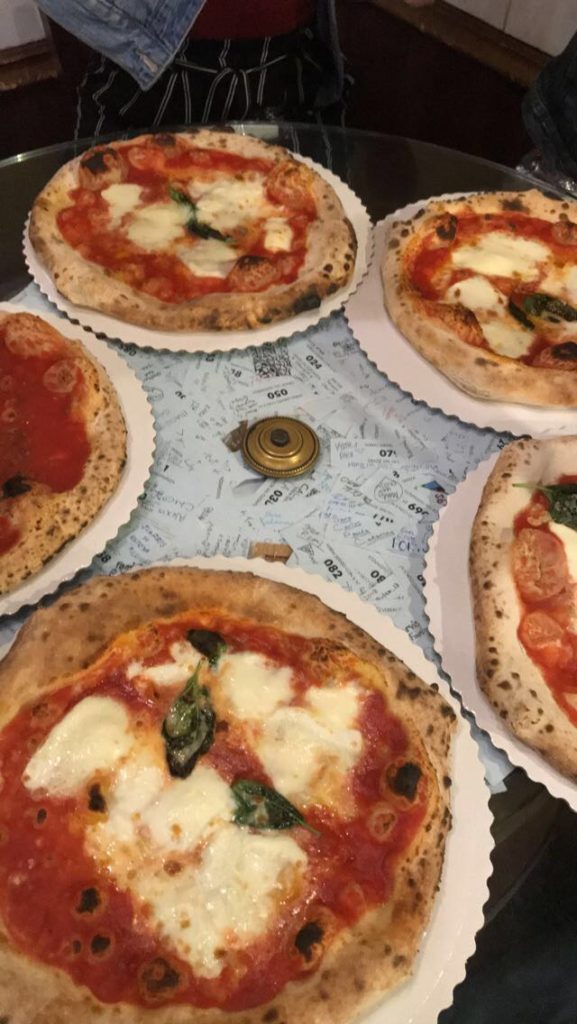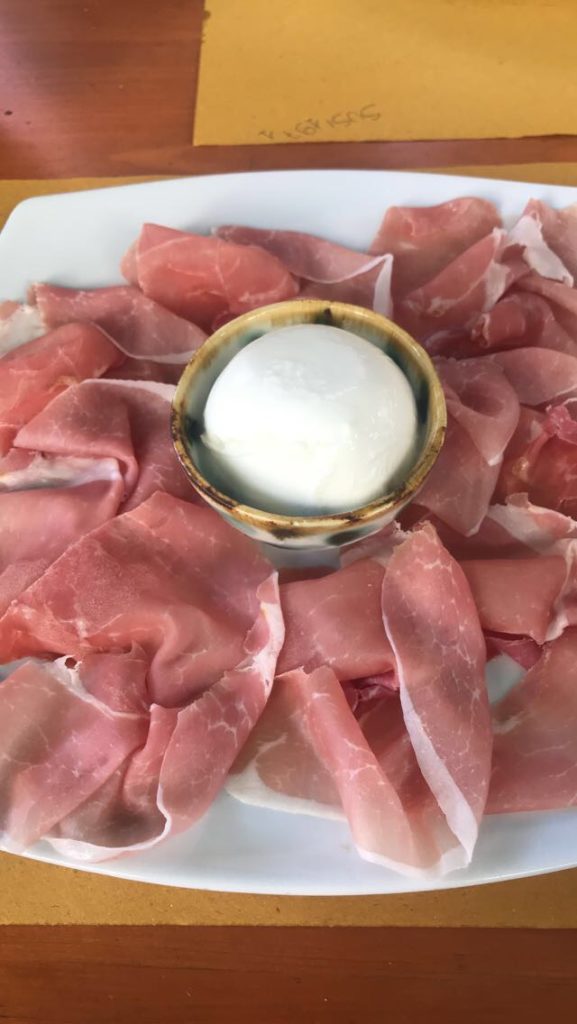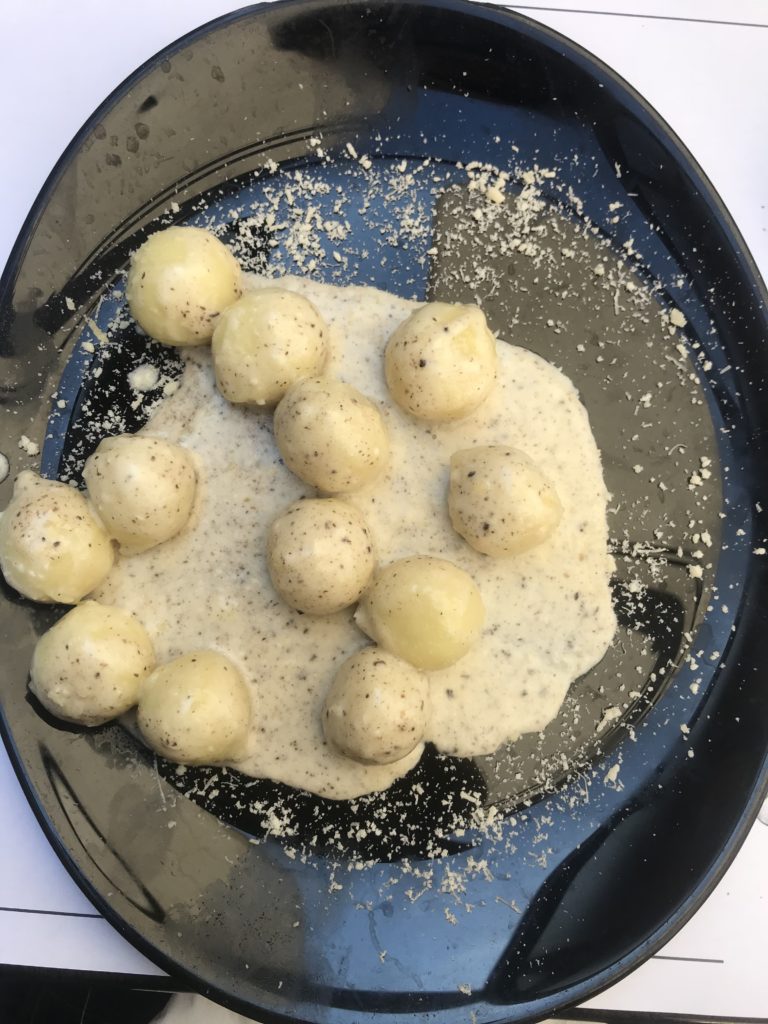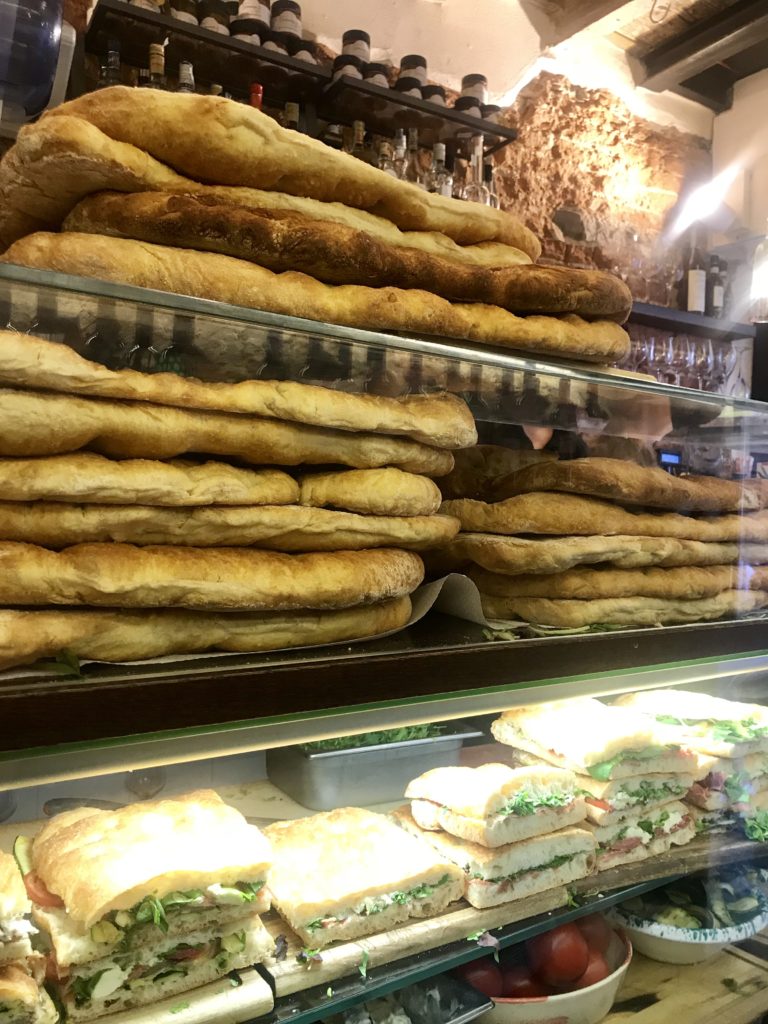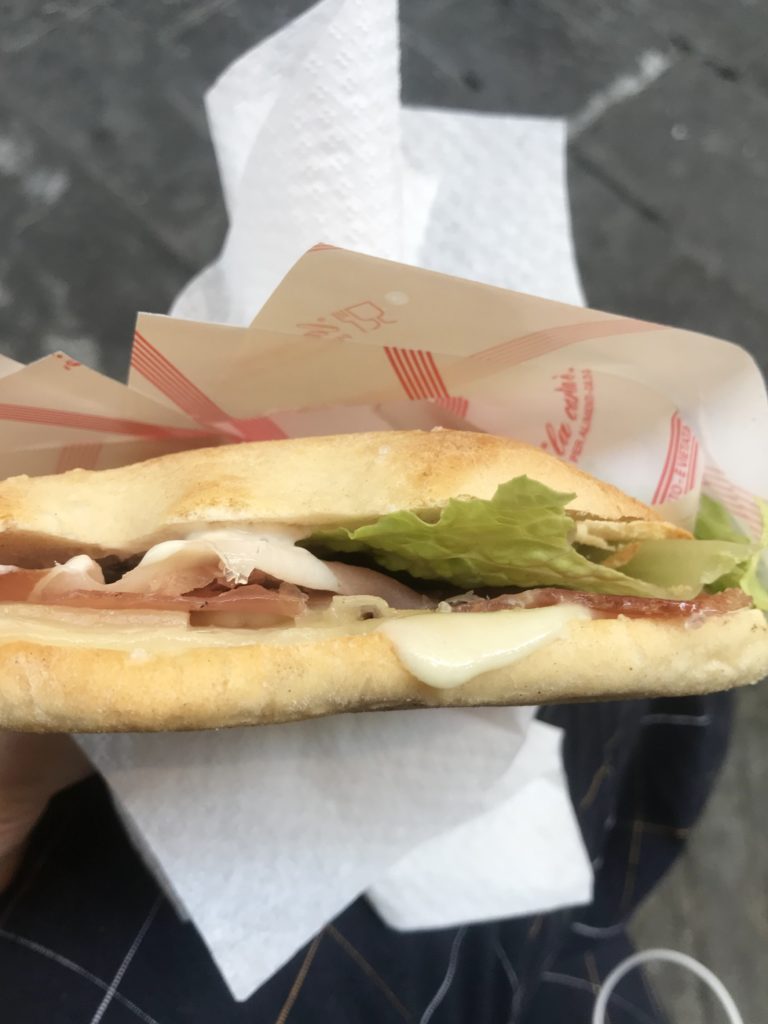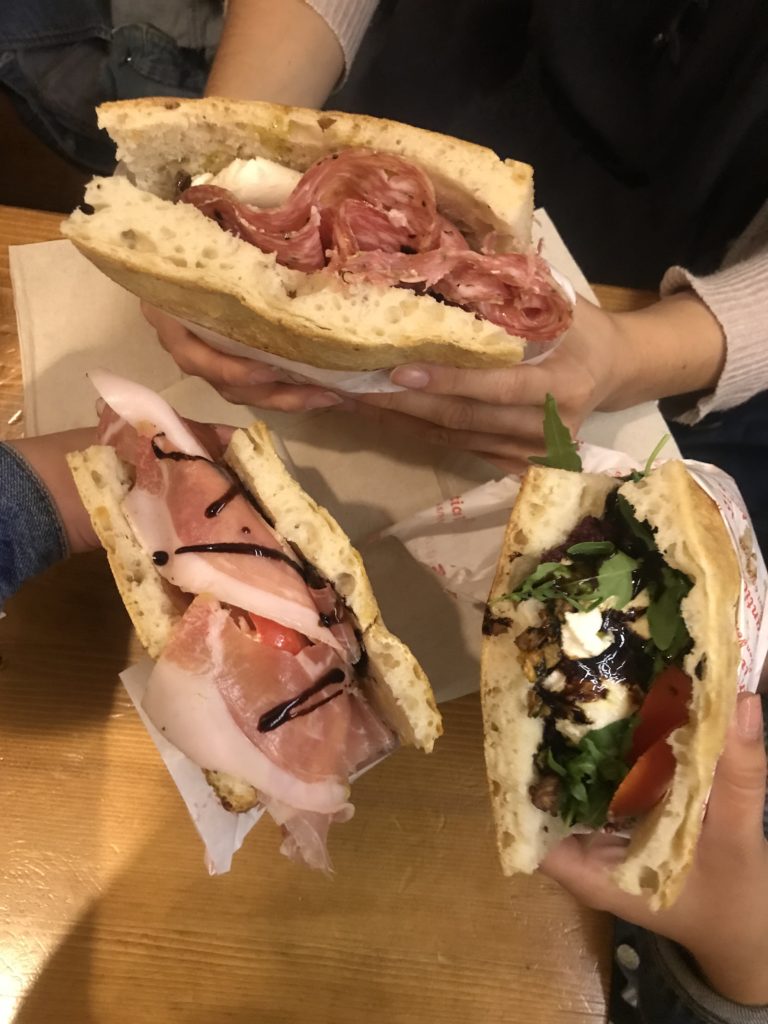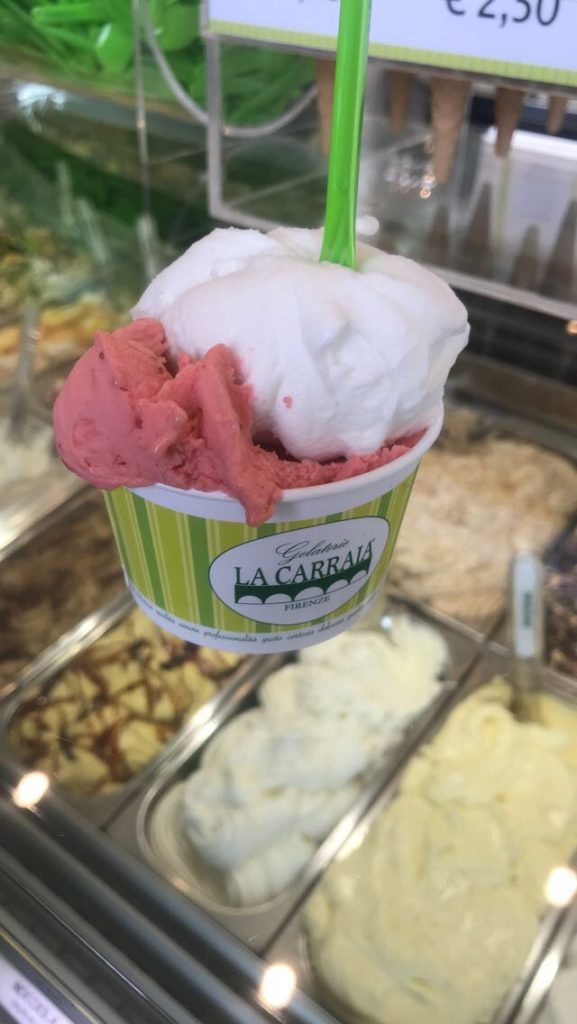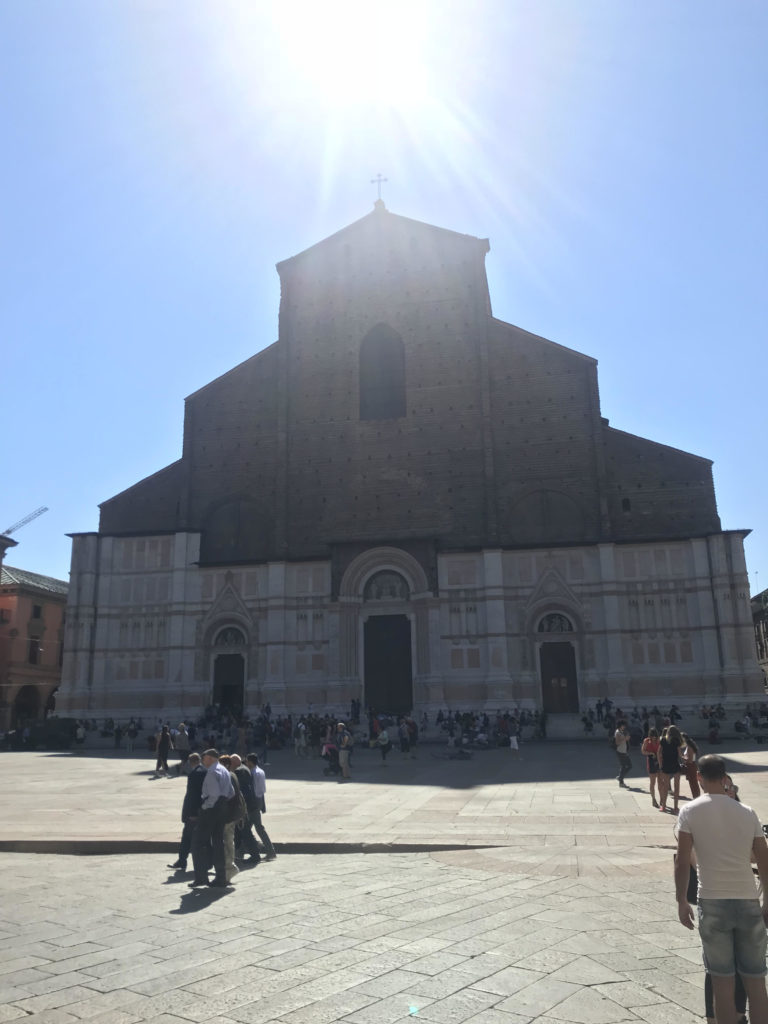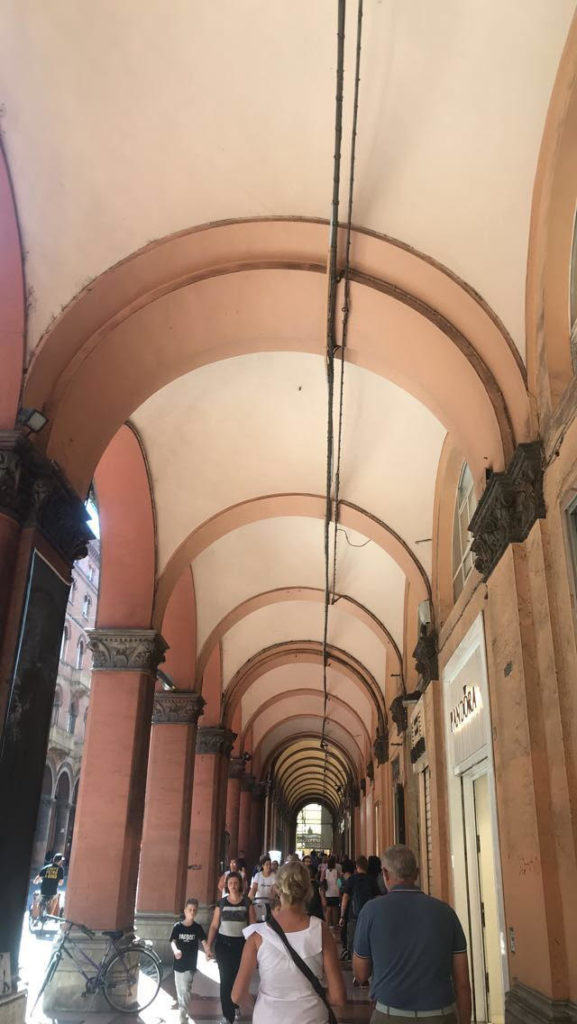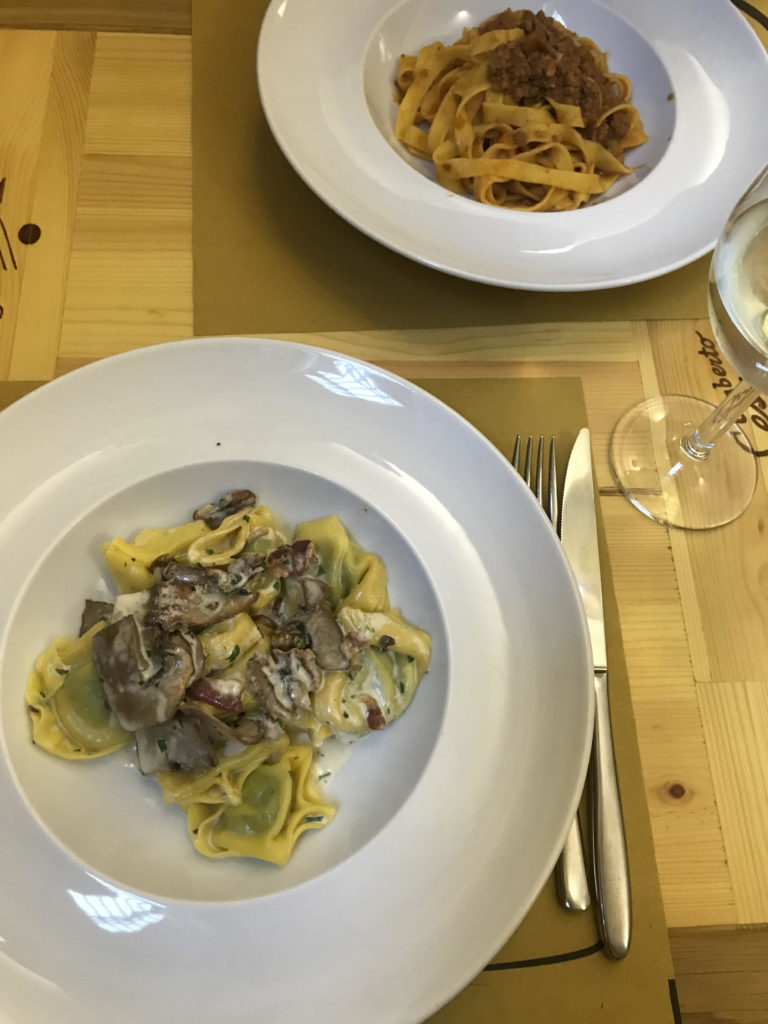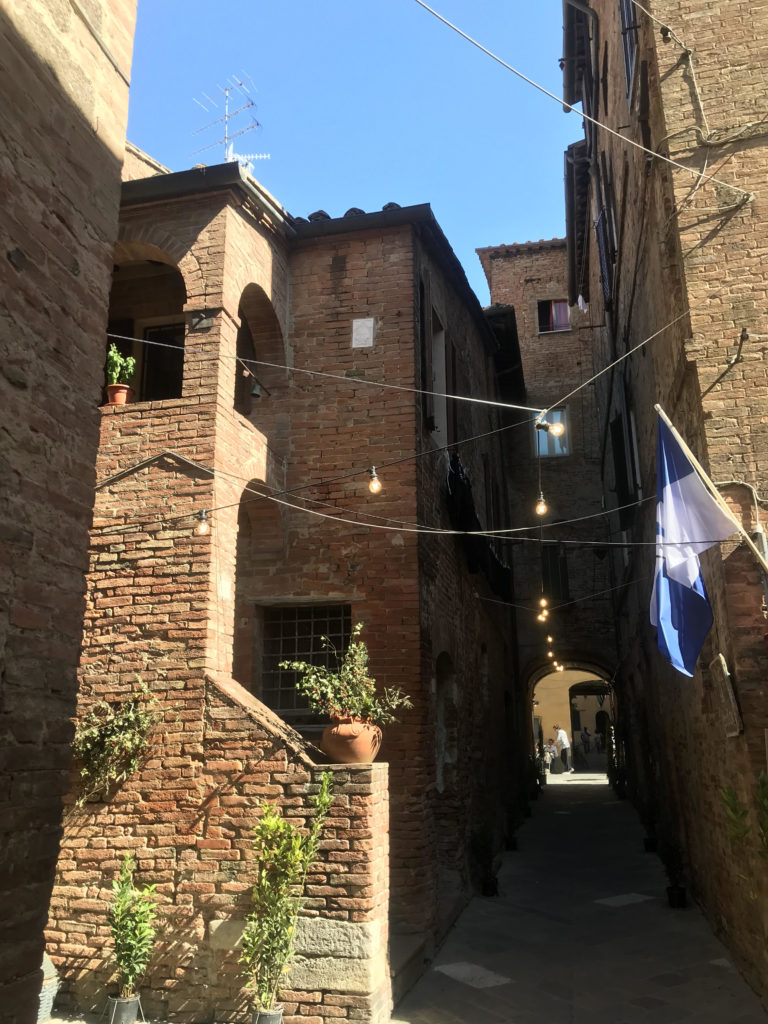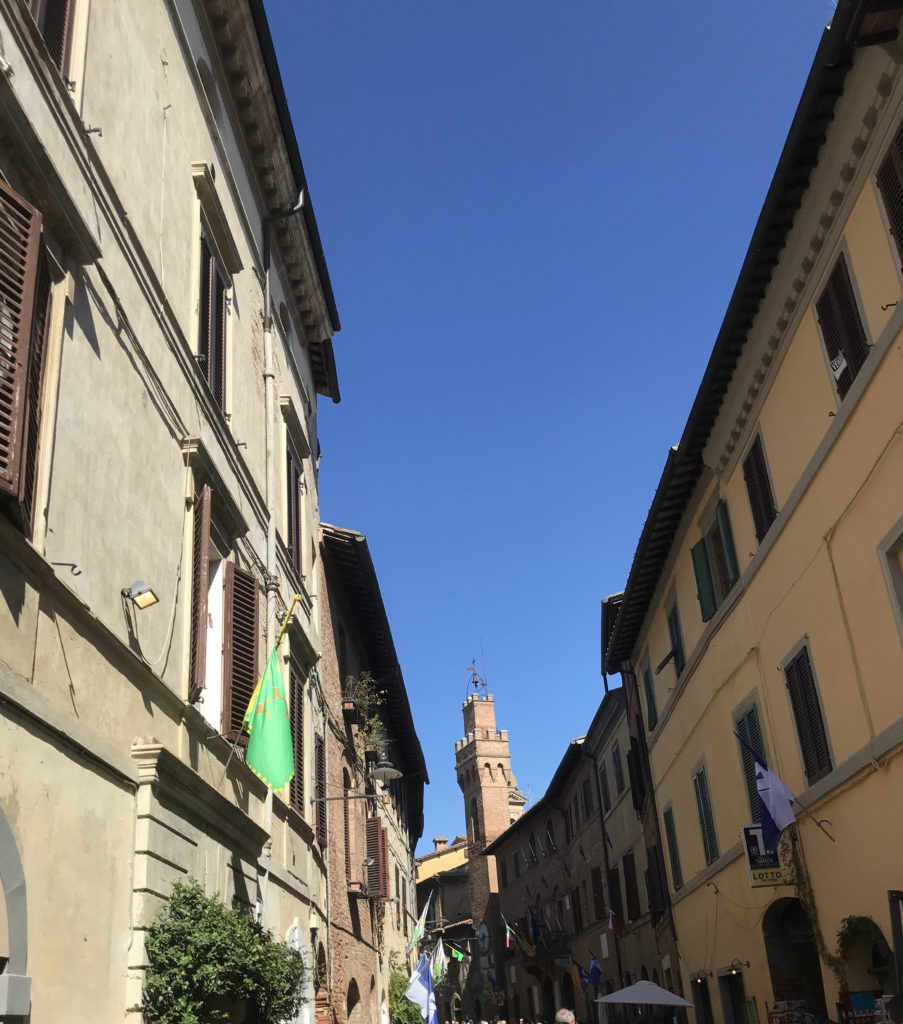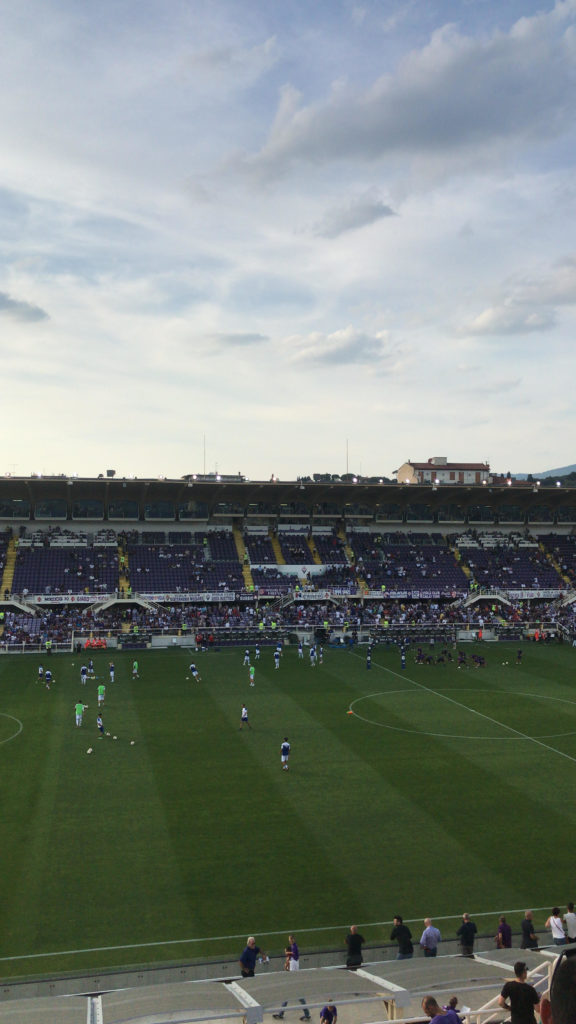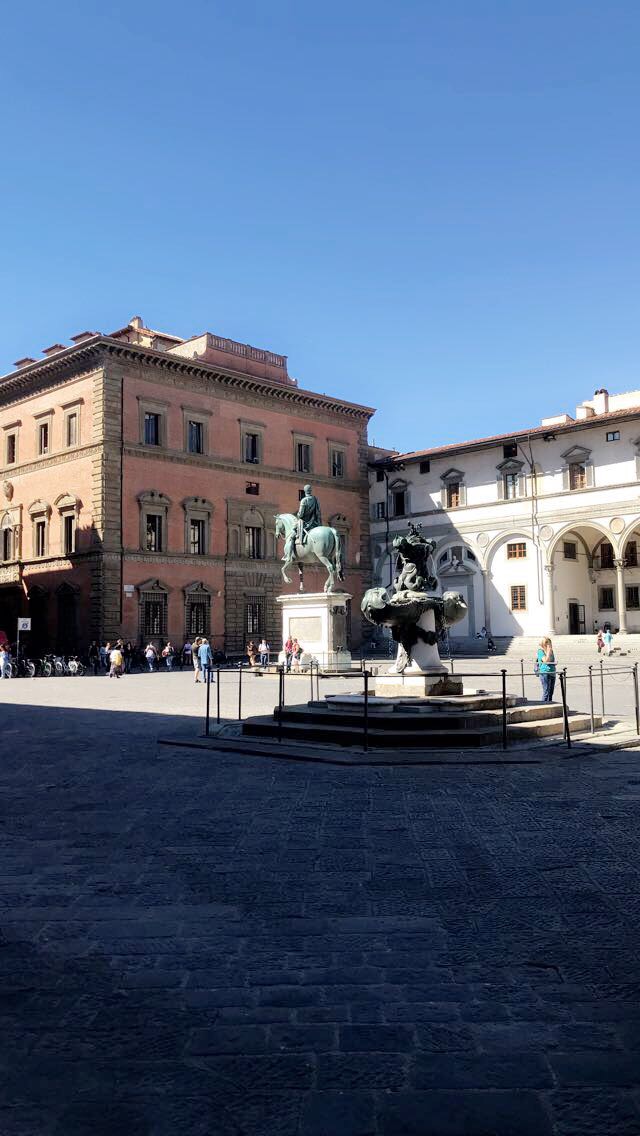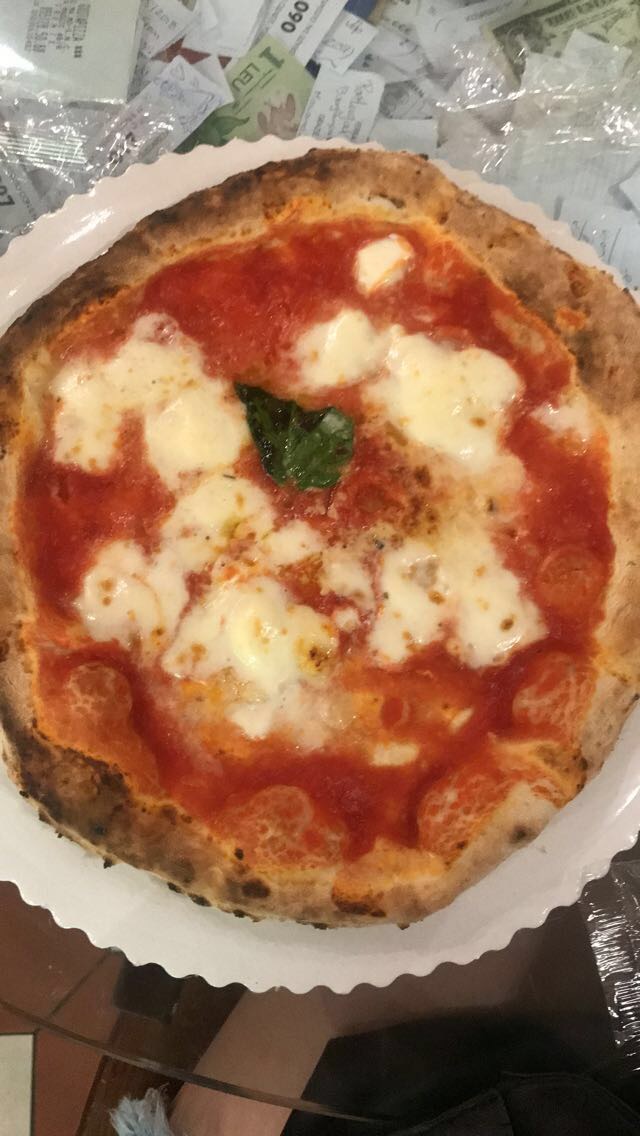I recently traveled outside of Italy for the first time in a few months and experienced a much welcomed reprieve from pasta. Berlin is a city I wanted to visit because it is refined while at the time being gritty and punk. Getting to see the Reichstag building and visit the Berlin Wall, I was astounded by the intensity of the history and how near it felt. Its history is indeed a complicated one, but it has left in its wake a place that seemed to me to be unflinchingly cool.
It was a weekend trip and I arrived with my friend on Friday morning so we would have until Sunday to visit as much of the city as possible. We didn’t have a set itinerary or anything explicitly planned. So, being unfettered by any logistical constraints, we decided to start on our way. The metro system was precise and easy to figure out, living up to the stereotypes of German efficiency. It was very much the opposite of the chaos that is in turn the hallmark of any and all Italian transportation options. We wandered through the glory that was Berlin at the turn of the century and the hip neighborhood which was at one point the home of both David Bowie and Iggy Pop.
Then we went on a quest for tacos. Yes, tacos in Berlin, Germany. I live a sad life in Florence without the simple joy of the taco. My friends back in Seattle haunt me with pictures of the tacos that they devour at our favorite hole-in-the-wall joint every few weeks. The only bit of research I did end up doing before leaving was looking up to see if I might be in store for a delectable taco in Berlin. I found a place that appeared to be up to snuff, and so one night my friend and I hopped on a train and went. It was a glorious pilgrimage in which wrong turns were taken, but we succeeded in claiming our savory prize. Needless to say, I was in a taco-induced euphoria for the rest of the night.
My life at Holy Cross, and back at home in Washington, seem very far away right now, I have to admit. With only two more months left in Florence I feel like things are about to start going by very quickly. It’s a strange feeling that I just can’t shake and I think it’s because I know that once I’m on my flight home all of my time here will start to fade into a dream. But with that in mind, I hope to make the most out of the rest of my time here as summer returns.

